The vivo V series has long held a distinct identity within the crowded smartphone landscape, particularly in the midrange segment. Even before their now well-known partnership with ZEISS, the V series was establishing itself as a line deeply focused on photography, bringing capable camera technology to a wider audience. Over the years, we’ve seen this series mature significantly, evolving into a genuine contender capable of offering compelling value and performance.+
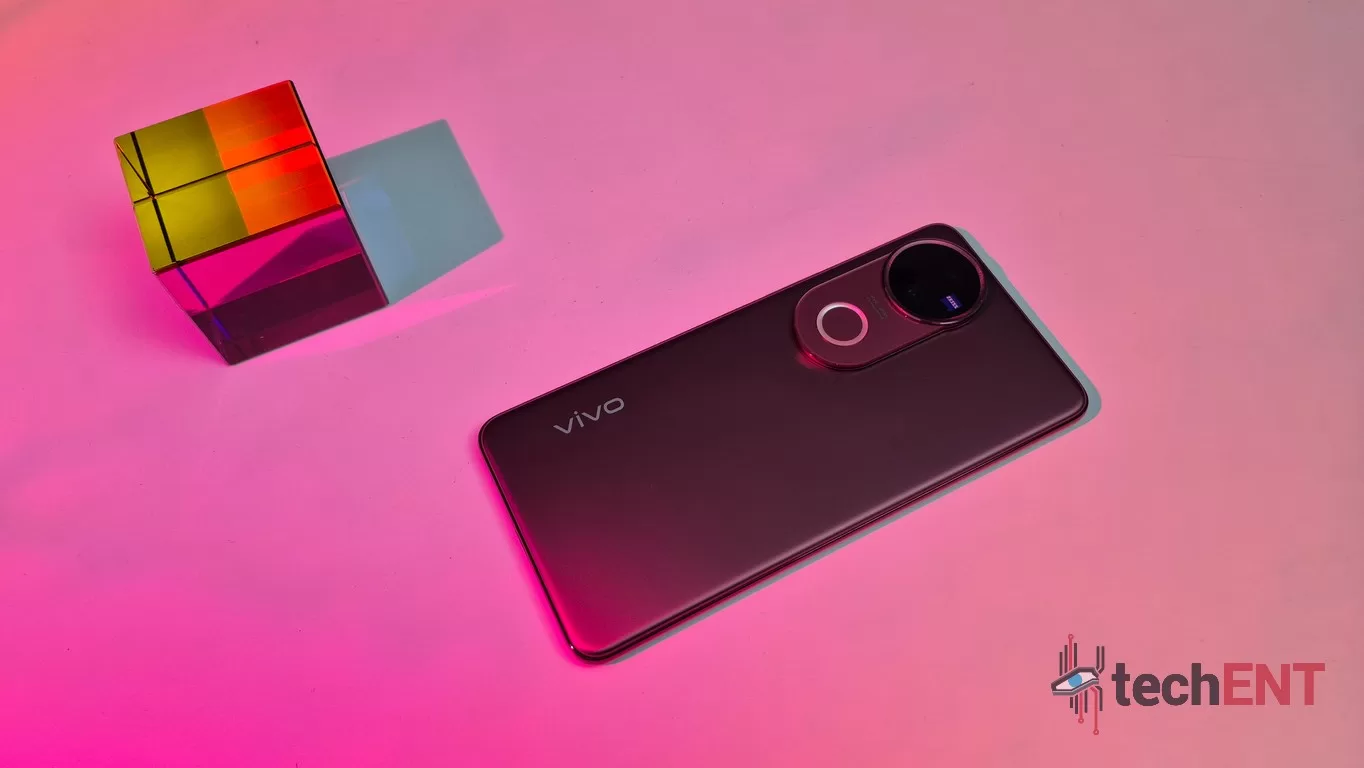 Now, we arrive at the vivo V50, a device that feels like a more intentional step in this evolution. While many manufacturers in the midrange space default to a triple or even quad-camera setup to impress on paper, vivo has opted for a dual-camera system here, suggesting a focus on quality and purpose over sheer numbers. Beyond the cameras, the V50 also appears to put a significant emphasis on practical aspects like battery life and overall longevity. And in a nod to the V series’ occasional flair for design, the V50 arrives with a potential fashion statement in its signature Ancora Red colourway. This introduction hints at a device that might be less about checking every single box, and more about delivering a refined, focused experience in key areas.
Now, we arrive at the vivo V50, a device that feels like a more intentional step in this evolution. While many manufacturers in the midrange space default to a triple or even quad-camera setup to impress on paper, vivo has opted for a dual-camera system here, suggesting a focus on quality and purpose over sheer numbers. Beyond the cameras, the V50 also appears to put a significant emphasis on practical aspects like battery life and overall longevity. And in a nod to the V series’ occasional flair for design, the V50 arrives with a potential fashion statement in its signature Ancora Red colourway. This introduction hints at a device that might be less about checking every single box, and more about delivering a refined, focused experience in key areas.
So, the big questions looming are: Does the V50 truly hit the mark for an outstanding smartphone in today’s competitive market? And ultimately, is it worth investing your hard-earned money on? We aim to answer those questions in this in-depth review.
Design
vivo has demonstrated a consistent effort in refining the design language of their V series over the years, and with the V50, that evolution is quite evident. The build quality, in particular, feels like it has taken a significant step forward. vivo has employed more refined techniques in crafting the device, managing to draw out a more premium feel from the materials used, which is certainly commendable for a smartphone in this segment.
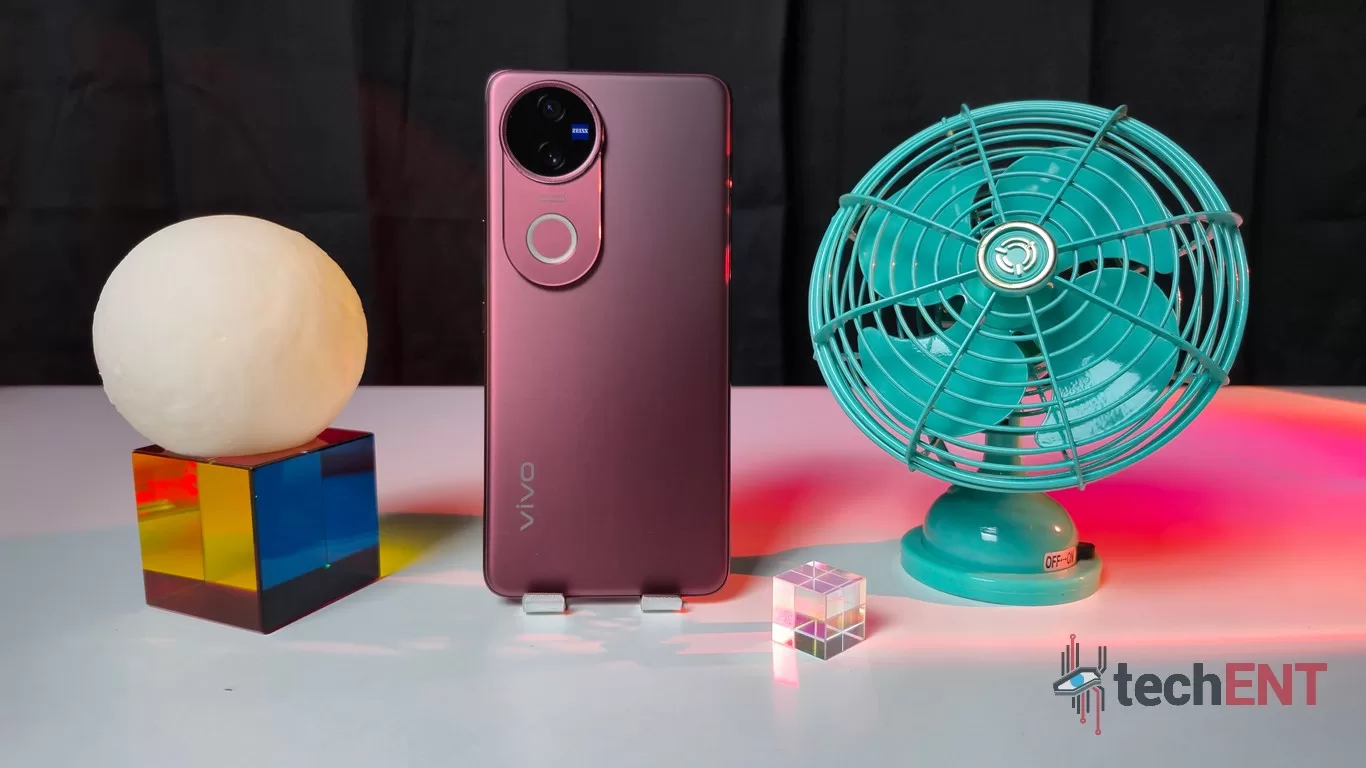 However, one immediate detractor from this otherwise elevated feel is the built-in screen protector. While its intention might be protective, its execution unfortunately makes the phone feel cheaper than its underlying build suggests. On a device featuring a subtly elegant quad-curve display, the protector fails to wrap adequately around the edges, leaving a very noticeable and somewhat sharp edge that you constantly feel during use. It’s a small detail, but one that impacts the tactile experience quite significantly.
However, one immediate detractor from this otherwise elevated feel is the built-in screen protector. While its intention might be protective, its execution unfortunately makes the phone feel cheaper than its underlying build suggests. On a device featuring a subtly elegant quad-curve display, the protector fails to wrap adequately around the edges, leaving a very noticeable and somewhat sharp edge that you constantly feel during use. It’s a small detail, but one that impacts the tactile experience quite significantly.
Despite that, the attention to detail in other areas warrants praise. The camera module on the rear is a prime example. vivo has incorporated a textured bezel around the lenses, lending a touch of luxurious finish that elevates the overall look. The unique design of the camera hump itself is also becoming something of a signature style for vivo’s higher-end V series smartphones, providing a distinct and recognizable element that definitely helps build their brand identity.
The choice to implement a subtle quad-curve for both the display and the back panel on the vivo V50 is a commendable design decision from an ergonomic standpoint. This curvature allows the phone to sit very comfortably and naturally in the palm of your hand, making it feel very much at home during extended use. Furthermore, vivo’s decision to have the phone’s frame seamlessly blend into the overall colourway brings a much-needed sense of cohesion to the design, resulting in a device that looks and feels intentionally crafted.
While the design is largely successful, there is certainly still room for improvement. We’ve seen vivo push the boundaries of smartphone design, particularly with the stunning aesthetics of the X200 series, and we know they possess the skills to achieve even greater levels of refinement and innovation in future V series iterations.
Hardware
Stepping below the surface, the internal components and specifications of the vivo V50 reveal a device where there appears to have been a considerable amount of intentional design. From the choice of display technology to the selected processor and, of course, the camera system – areas we will delve into shortly – it genuinely feels like vivo approached the V series, and specifically the V50, with a clear vision in mind and actively worked towards realising it through the hardware choices made. This isn’t just a collection of parts; there’s a sense of purpose driving the configuration.
Specifications
| Processor |
Qualcomm SM7750-AB Snapdragon 7 Gen 3 (4 nm)
Octa-Core
1×2.63 GHz Cortex-A715
3×2.40 GHz Cortex-A715
4×1.80 GHz Cortex-A510 |
| RAM |
8GB
12GB (Review Configuration) |
| Memory |
128GB
256GB (Review Configuration)
512GB
UFS 2.2 |
| Graphics Processing Unit (GPU) |
Adreno 720 |
| Main Display |
AMOLED panel
6.77-inch (~338 PPI)1300 nits (HBM)
4500 nits (peak)FHD+ resolution (1080×2392 pixels)20:9 Aspect Ratio
120Hz Refresh rate
HDR10+
Diamond Shield Glass |
| Operating System |
Android 15 with Funtouch OS 15 |
| Battery |
Non-Removable 6,000mAh SiC
Fast Charging (90W)
Reverse Wired Charging |
| Connectivity |
Nano SIM
5G/4G LTE/EVDO/HSPA/CDMA/GSM
Wi-Fi 802.11 a/b/g/n/ac/6e(ax)
GPS, GLONASS, GALILEO, BDS, QZSS, NavIC
A2DP
Bluetooth 5.4
OTG Support
USB 3.2 Type-C
Near Field Communication (NFC) |
| Camera |
REAR:
Dual Sensor:50-megapixelf/1.9, 23mm (wide angle), 1.0µm, 1/1.55”Phase Detection Autofocus (PDAF)
Optical Image Stabilisation (OIS)
50-megapixel
f/2.0,15mm (Ultrawide), 119˚, 0.64µm, 1/2.76”
Autofocus
ZEISS Optics
HDR
Colour Spectrum Sensor
Auto-HDR
Ring Light LED Flash (Aura Light)
Panorama
4K Video recording (30fps)
1080p Video recording (30fps)
Gyro-EIS
FRONT:
50-Megapixel
f/2.0, 21mm (wide), 0.64µm, 1/2.76″
Autofocus
ZEISS Optics
4K Video recording (30fps)
1080p Video recording (30fps)
Gyro-EIS |
| Sensor |
Accelerometer
Proximity
Fingerprint (Under Display)
Gyroscope
Compass |
| Miscellaneous |
Dual SIM/eSIM |
| Retail Price (Malaysia) |
MYR 2,299 (256GB)
MYR 2,499 (512GB) |
| Retail Price (US) |
USD$ 499.99 (256GB)
USD$ 649.99 (512GB) |
User Interface
The vivo V50 runs on Funtouch OS 15, which is vivo’s interpretation of Android 15. Straight off the bat, it’s noticeable that vivo has opted to keep the overall feel of the operating system quite similar to stock Android, or the Android Open Source Project (AOSP). This minimalistic approach is a double-edged sword. On one hand, it has undeniably refined the overall look of Funtouch OS, lending it a sense of cleanliness and sophistication that, dare I say, was sorely lacking in some of its earlier iterations.
Navigation within the user interface is generally smooth, though it is still accompanied by noticeable animations during transitions. While these animations aren’t inherently a negative point, they can, over time or on less powerful hardware (though we’ll get to performance later), potentially contribute to a perception of the device slowing down compared to snappier, less animated interfaces. More pressingly, vivo needs to revisit the design of their native Funtouch OS applications. When juxtaposed with the visual refinements and principles of Material Design seen in Android 15 itself, vivo’s own apps can appear a little dated, creating a slight inconsistency in the user experience.
Another area that vivo needs to seriously look into is the settings interface. It remains overly complex and visually dated. Navigating through the sheer number of options requires more clicks than necessary to reach a desired setting, which can be frustrating for users. Simplifying and modernising this core part of the user interface would tremendously impact the overall user experience for the better.
Beyond these points, Funtouch OS, in its current form, still struggles to forge a strong, unique identity. Unlike some of its competitors who have distinct visual languages and feature sets, Funtouch OS remains nearly undiscernible from a baseline AOSP experience for much of its core functionality. In my honest opinion, this represents a significant space where vivo can improve to set itself apart in the market truly. Developing a recognisable design identity and an overall device experience that feels uniquely ‘vivo’ is crucial for differentiating their offerings from now on.
Performance
When it comes to raw performance, the vivo V50 positions itself quite competitively within the crowded midrange arena. Our testing and usage indicate that its capabilities are generally on par with, if not a little ahead of, much of its direct competition. Like many devices in this segment, it naturally excels in certain areas while perhaps lagging slightly in others. However, taken as a whole, this kind of varied performance profile is largely par for the course when evaluating a modern mid-range smartphone; it’s about finding the right balance for the target user.
Multitasking & Productivity
From a productivity standpoint, the vivo V50 brings several features to the table that position it as a potentially capable machine for getting things done on the go.
One notable area is the multitasking interface. vivo has introduced a stacked layout for recent apps, which, while a stylistic choice, does add a bit of flair to Funtouch OS. More functionally, the company has commendably included a clear indicator for the dropdown menu on each app panel – a small but significant detail that stock Android, in contrast, often expects users to discover on their own. This is a welcome addition, making the extensive options available for multitasking on compatible apps much more accessible. Within this dropdown, you’ll find options for standard split screen, the ‘small window’ floating mode, and even the ability to “lock” apps to keep them running unhindered in the background.
Putting these features to the test, the V50 generally handled most apps flawlessly when used in split-screen mode, exhibiting no noticeable lag during typical usage scenarios. However, when engaging with more resource-hungry applications, such as demanding editing apps like Adobe Lightroom, the system does tend to show signs of slowing down or occasional stuttering. Of course, these particular apps are few and far between for most users’ daily multitasking needs, and aside from these selected instances, the split-screen interface felt smooth as butter.
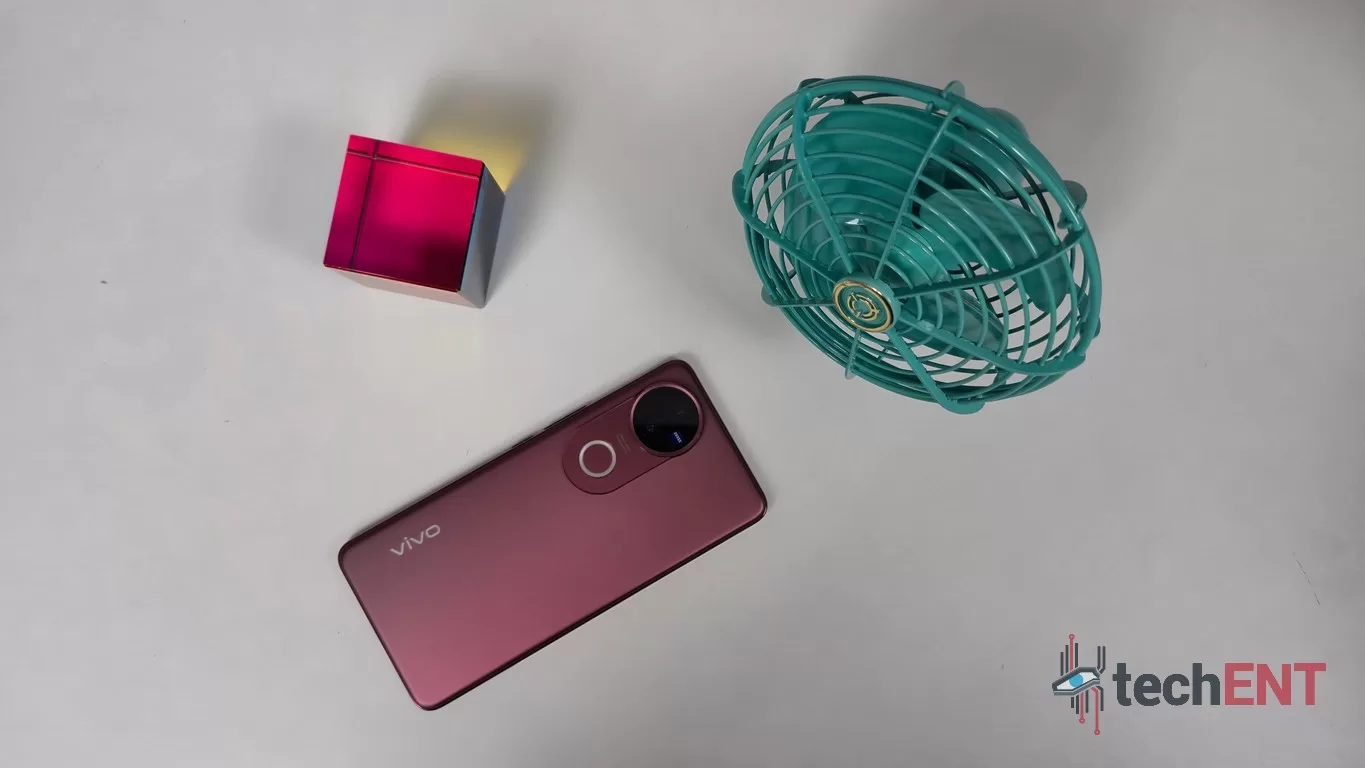 The ‘small window’ mode further enhances multitasking, allowing you to open up to three apps simultaneously in floating windows, even in tandem with a split-screen view below. The phone wasn’t significantly bogged down when juggling the more usual multitasking suspects like YouTube, WhatsApp, Google Keep, Word, and similar applications. However, echoing the split-screen experience, it tended to stutter ever so slightly when those more resource-intensive apps were brought into the mix.
The ‘small window’ mode further enhances multitasking, allowing you to open up to three apps simultaneously in floating windows, even in tandem with a split-screen view below. The phone wasn’t significantly bogged down when juggling the more usual multitasking suspects like YouTube, WhatsApp, Google Keep, Word, and similar applications. However, echoing the split-screen experience, it tended to stutter ever so slightly when those more resource-intensive apps were brought into the mix.
Aside from these built-in multitasking options and the standard Android framework, vivo has done relatively little else to significantly extend the multitasking capabilities of its smartphones compared to some other manufacturers who offer more robust desktop-like or enhanced multi-window environments.
Call Quality & Connectivity
In terms of keeping you connected, the vivo V50 arrives equipped with a suite of modern standards. It supports 5G for next-generation mobile data speeds, and includes comprehensive satellite navigation support with GLONASS, BEIDOU, and more, which is expected. However, one point that leaves us slightly befuddled is the apparent lack of support for WiFi 7. While WiFi 7 is still relatively new, its inclusion in some competing devices means its absence here is noticeable. That said, stepping back, the V50 does come with the vast majority of connectivity options that truly matter and make sense for a smartphone positioned in the midrange today.
In practical, day-to-day usage, the V50 demonstrates good overall connectivity performance. Notably, we found that it even outperformed some of its competition when it came to mobile connectivity, managing to hold a stable or even stronger signal in areas where other devices struggled to maintain a connection. This translated to stable mobile connections, whether on 4G or 5G networks, and consistently good internet speeds.
Call quality on the vivo V50 is largely par for the course for a modern smartphone. Conversations were consistently clear and crisp, and thankfully, there was no indication of the audio sounding robotic or distorted.
Gaming
For many users, a smartphone’s ability to handle mobile games is a significant factor, and we put the vivo V50 through its paces with a selection of popular titles, including Pokémon UNITE, Diablo Immortal, Honkai Impact, and Asphalt Legends Unite.
Overall, the V50 performed acceptably in gaming scenarios. It didn’t necessarily blow us out of the water with flagship-level performance, but for the most part, it maintained a respectable balance of heat management and frame rates under typical load. However, it’s important to note that the smartphone did struggle under specific, demanding circumstances, particularly when graphics settings were pushed to their limits or intense on-screen action occurred.
Diablo Immortal, for instance, proved to be a notable challenge for the V50. We observed significant stuttering and lag during moments of intense battling, such as when waves of 30 or more monsters swarmed the player, or during PvP encounters with multiple players unleashing area-of-effect abilities simultaneously. This was most pronounced when the graphics settings were cranked up to their highest; we found we had to dial them back a peg for a smoother experience. On optimised settings, however, the game performed well enough, allowing for prolonged gaming sessions without major hitches.
Similarly, with Honkai Impact, the game ran well on medium to high graphics settings. Pushing the visuals to the ‘ultra’ preset, predictably, resulted in some noticeable screen tearing and lag, impacting the overall fluidity of gameplay. On the thermal front, playing Honkai Impact for extended periods on optimised settings didn’t cause the phone to heat up excessively. This wasn’t the case at all when pushing to ultra settings; the phone did heat up considerably, reaching a point where it felt a little too toasty for comfortable, prolonged holding.
Outside of these more graphically demanding titles, the V50 performed pretty well on less strenuous games like Pokémon UNITE and Asphalt Legends Unite, delivering a consistently smooth experience.
Battery Life
One of the standout features vivo is highlighting with the V50 is their implementation of BlueVolt technology. What sets this apart from much of the competition is the utilization of a silicon-carbon battery chemistry rather than the more conventional lithium-ion. This change in material science inherently allows for a higher power density within the same physical volume, which directly translates to the potential for better battery life.
In practice, the vivo V50 genuinely impressed us with its longevity compared to many competing devices in the segment. On standby, without an active mobile or Wi-Fi connection constantly draining power, the phone was able to last for a remarkable three to four days. We attribute this extended standby time not only to the underlying BlueVolt technology but also to what appear to be effective optimisations within Funtouch OS that make it less battery-hungry when idle.
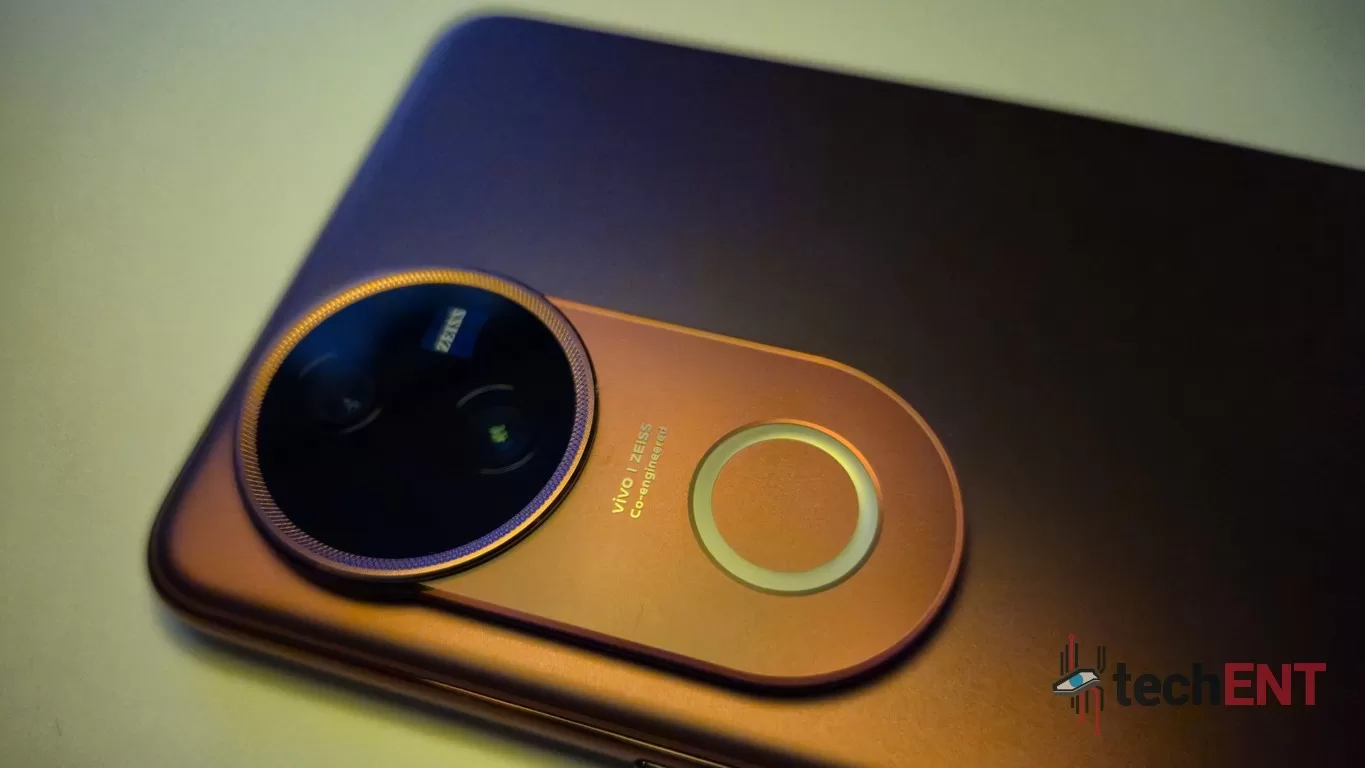 Under more regular, active usage conditions – which for me typically involves managing about 8 email accounts syncing in the background, frequent scrolling through social media feeds, watching YouTube videos, listening to podcasts and music, and diving into the occasional game here and there – the battery easily lasted a full day and a half, often pushing towards two days before needing a recharge. This is pretty impressive, especially considering the sheer number of phones on the market today that still struggle to consistently make it past a single 8-hour workday.
Under more regular, active usage conditions – which for me typically involves managing about 8 email accounts syncing in the background, frequent scrolling through social media feeds, watching YouTube videos, listening to podcasts and music, and diving into the occasional game here and there – the battery easily lasted a full day and a half, often pushing towards two days before needing a recharge. This is pretty impressive, especially considering the sheer number of phones on the market today that still struggle to consistently make it past a single 8-hour workday.
Beyond just how long it lasts, the vivo V50 also addresses the need for quick top-ups with support for 90W FlashCharge. This high-speed charging capability means that when you finally do drain the substantial battery, you won’t be tethered to a wall outlet for long periods, quickly getting you back up and running.
Display
The window into the vivo V50 experience is its 6.77-inch AMOLED display. This is a sizeable panel, contributing immediately to an immersive feel, and the choice of AMOLED is a strong one for its inherent ability to produce truly deep blacks and vibrant colours thanks to individually lit pixels. The resolution comes in at 2392 x 1080 pixels, which on a screen this size translates to a pixel density of roughly 388 pixels per inch (ppi). While not the absolute sharpest on the market, it’s certainly ample for crisp text and detailed visuals in everyday use.
For a smoother user experience, especially when scrolling or gaming, the display boasts a 120Hz refresh rate. This higher refresh rate makes animations and transitions feel significantly more fluid compared to standard 60Hz panels. Brightness is another area where this AMOLED panel performs well; it can reach up to 1300 nits in High Brightness Mode (HBM) and an impressive 4500 nits at local peak brightness. This high peak brightness is particularly beneficial for visibility under direct sunlight, ensuring the screen remains readable outdoors.
Looking at colour reproduction, the display performed quite well; colours appeared accurate and lively for the most part. The panel also comes with support for HDR10+, which is good to see and helps enhance contrast and colour range in compatible content. While vivo states the display supports the P3 colour gamut, they haven’t specified whether it covers 100% of that gamut, which leaves a slight ambiguity for those seeking absolute colour precision, but based on visual experience, it’s certainly capable. Adding a layer of durability, the screen is protected by Diamond Shield Glass.
The combination of the large 6.77-inch size, slim bezels, and the intrinsic qualities of the AMOLED technology make this display a very good surface for consuming multimedia content. Whether you’re catching up on the latest shows on Netflix or diving into the world of The Wheel of Time on Prime Video, the display delivers a visually engaging experience that is certainly a strong point for the V50.
Cameras
For many, the camera performance is paramount when choosing a smartphone, and on the vivo V50, this is clearly an area where significant attention has been paid. The camera setup here consists of a dual rear camera system featuring a 50MP Main camera with Optical Image Stabilization (OIS) and a 50MP Ultrawide lens, complemented by a 50MP front-facing camera. All cameras benefit from the co-engineering partnership with ZEISS.
Shooting photos and videos with the V50 is, for the most part, a rewarding experience. We have to praise the overall performance here; the ongoing partnership with ZEISS genuinely feels like it’s creating a noticeable difference in the midrange segment. The capable sensors, combined with ZEISS’s expertise in optics and processing, are able to deliver very crisp pictures and particularly impressive portraits.
Under optimal lighting conditions, the camera setup consistently produced photos with excellent clarity and detail retention. The images were very crisp, and the bokeh effect, whether from natural depth or software processing in portrait mode, often looked very natural and pleasing. The various ZEISS Style Portrait modes add another layer of creativity, allowing users to experiment with distinct visual signatures in their photos. When the light begins to drop, the cameras do struggle slightly, which isn’t entirely unexpected for a phone in this class. Details can become a bit fuzzy, but the resulting photos and videos are still of good quality and certainly usable. vivo’s signature Aura Light system integrated on the rear is a valuable addition here, providing softer, more natural-looking fill lighting for low-light portraits, which helps alleviate some of the typical struggles faced in dim environments.
When it comes to selfies, the V50’s front-facing camera does a commendable job. It performs really well under good lighting conditions, capturing sharp and detailed self-portraits. However, similar to the rear cameras, it does struggle when light is scarce. vivo has, however, cleverly alleviated this issue somewhat by utilizing the display itself to act as a bright fill flash when taking selfies in low light, providing a functional workaround.
Overall, it’s clear that the camera system is where vivo spent a significant amount of its time and resources innovating on the V50, and it genuinely shows in the resulting performance. The midrange camera game is undeniably heating up when brands like vivo are consistently upping the ante and delivering this level of camera capability. However, looking forward, it’s worth noting that we would love to see even more innovation from vivo, particularly when it comes to fostering creativity through more unique features beyond the existing ZEISS modes, and further pushing the boundaries of low-light performance across all lenses.
Vivo’s Partnership with ZEISS Shines with V50 but It Sorely Lacks a vivo Touch When It Comes to Software
Having spent time with the vivo V50, a few key takeaways stand out. While it presents a refined design, solid battery life powered by its unique BlueVolt technology, and generally capable performance that is competitive in the midrange, the area where the V50 truly differentiates itself and shines brightest is undeniably its cameras. The continued partnership with ZEISS is proving to be a significant factor, allowing vivo to deliver genuinely crisp photos and notably strong portrait capabilities that elevate the imaging experience well within this price segment.
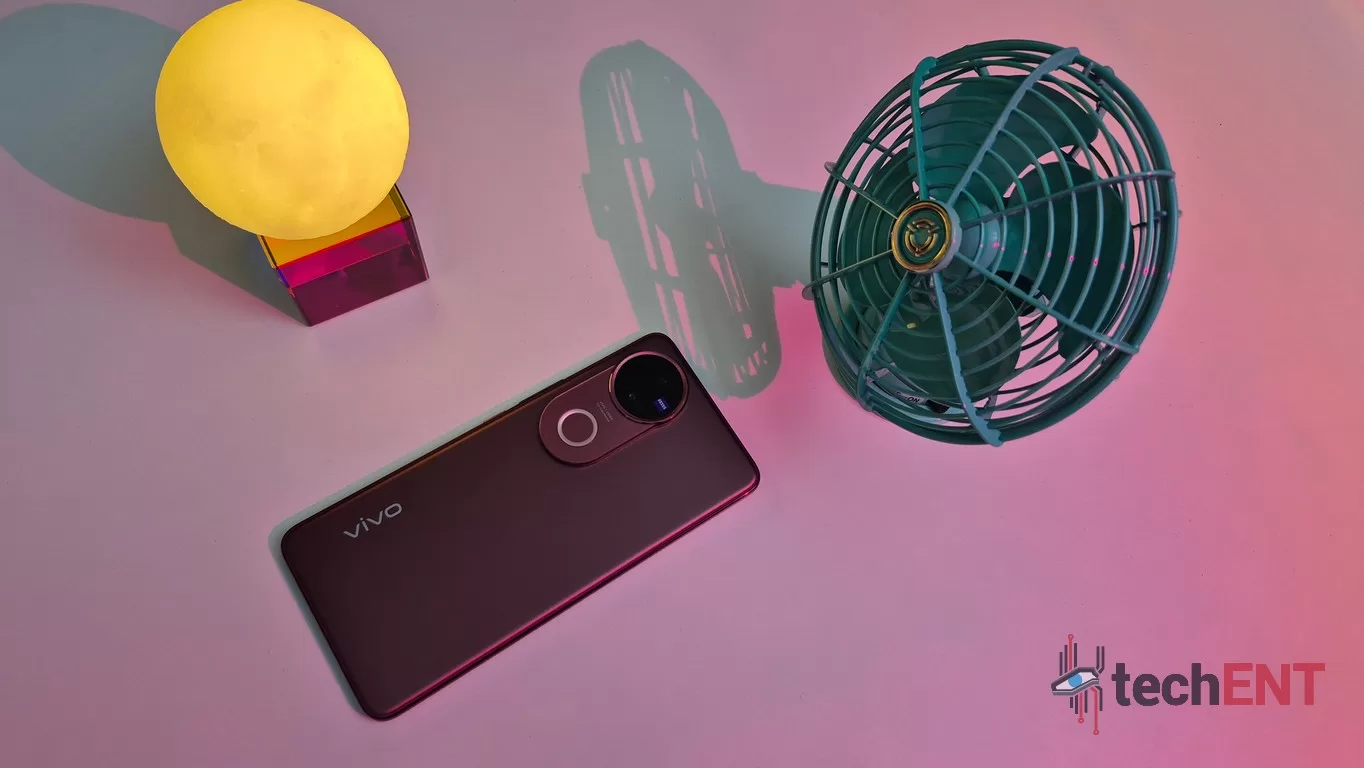 However, looking ahead, our time with the V50 also highlights an area where vivo needs to channel more innovation: its software and overall user experience. While Funtouch OS 15 has embraced a cleaner aesthetic closer to stock Android, it still lacks a distinctive identity, and certain elements, like the settings menu, feel dated and overly complex. For vivo to truly set itself apart from the increasingly crowded midrange competition, it needs to spend time and resources carving out a user experience that is uniquely ‘vivo,’ providing not just capable hardware but also a software layer that is both intuitive and memorable. Ultimately, the V50 is a strong offering, particularly for photography enthusiasts, but refining the software experience should be vivo’s next frontier.
However, looking ahead, our time with the V50 also highlights an area where vivo needs to channel more innovation: its software and overall user experience. While Funtouch OS 15 has embraced a cleaner aesthetic closer to stock Android, it still lacks a distinctive identity, and certain elements, like the settings menu, feel dated and overly complex. For vivo to truly set itself apart from the increasingly crowded midrange competition, it needs to spend time and resources carving out a user experience that is uniquely ‘vivo,’ providing not just capable hardware but also a software layer that is both intuitive and memorable. Ultimately, the V50 is a strong offering, particularly for photography enthusiasts, but refining the software experience should be vivo’s next frontier.

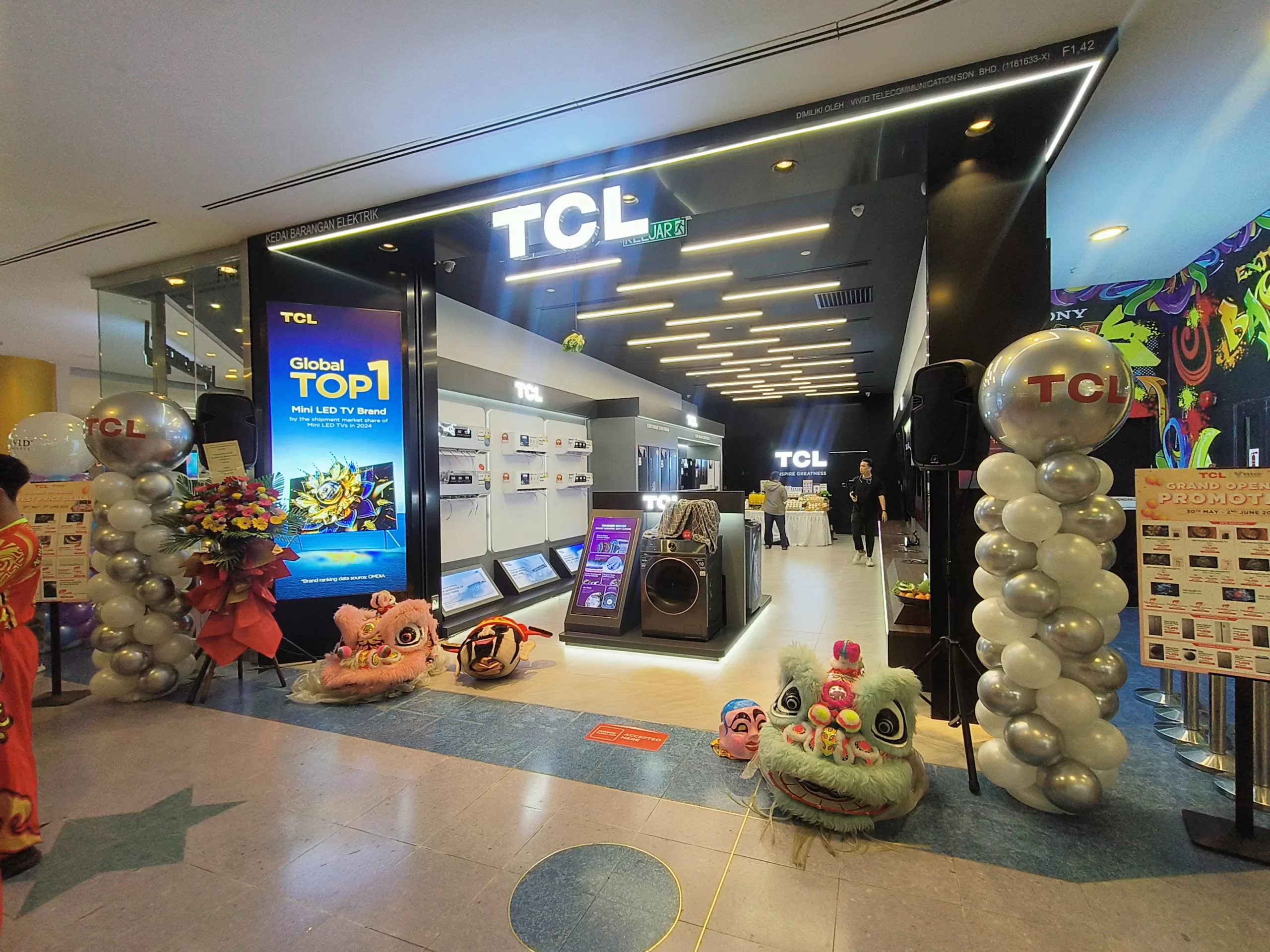



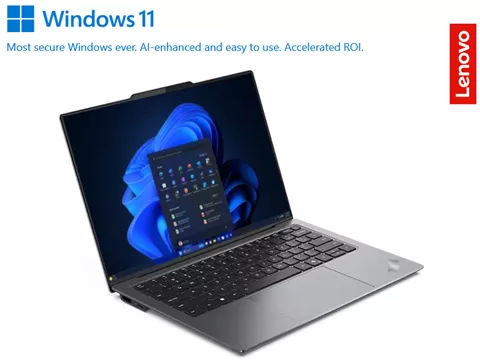
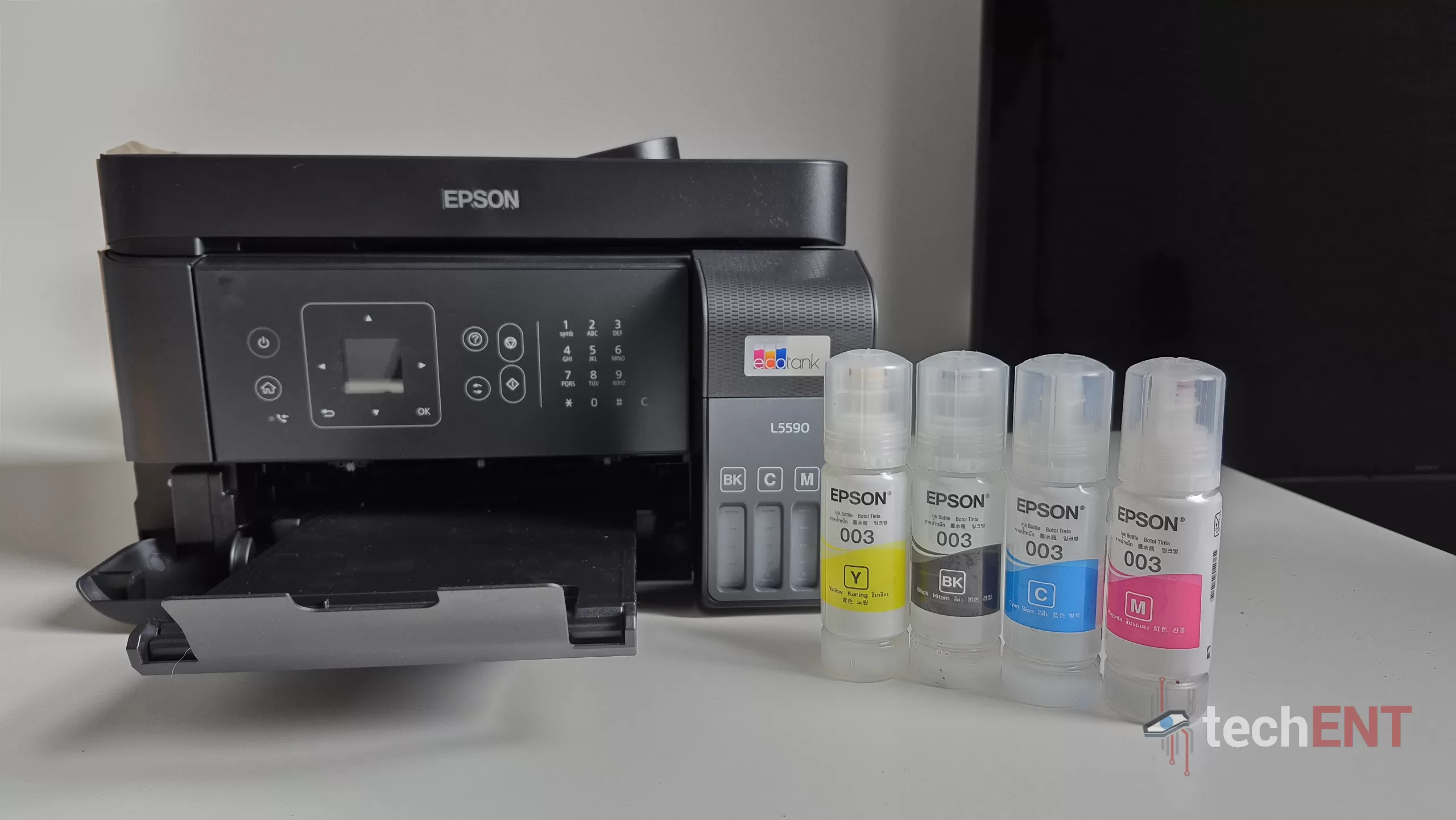
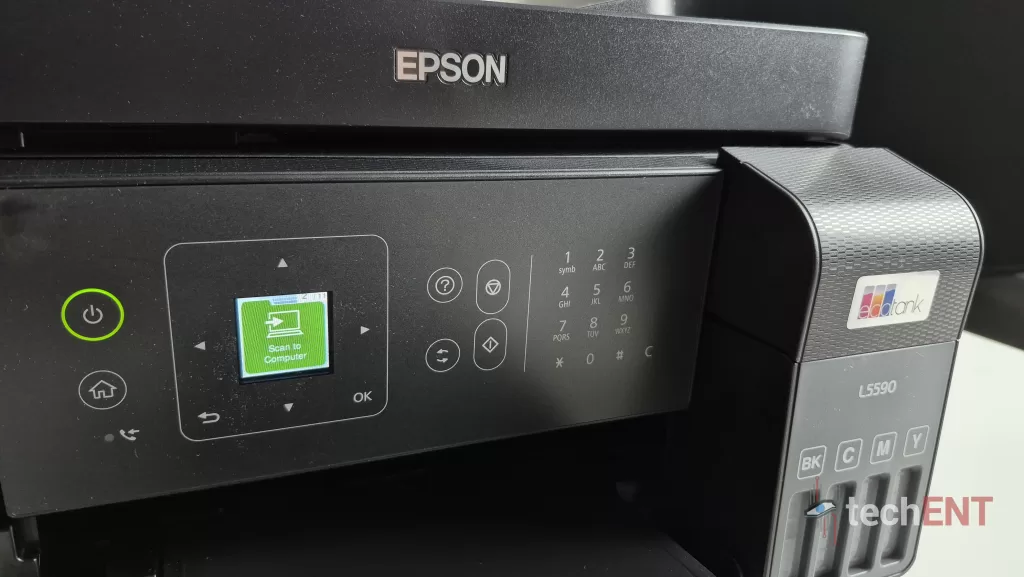
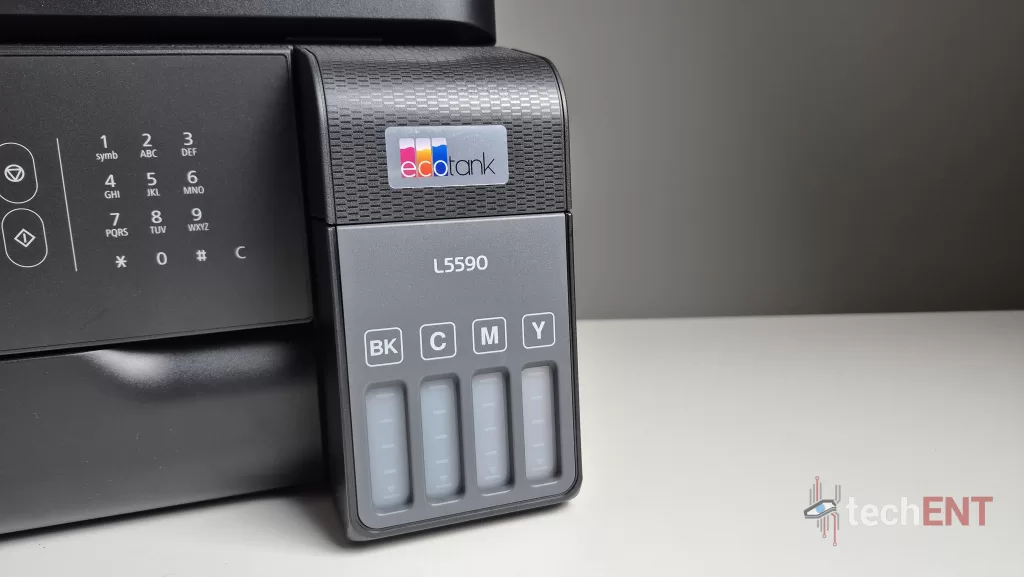
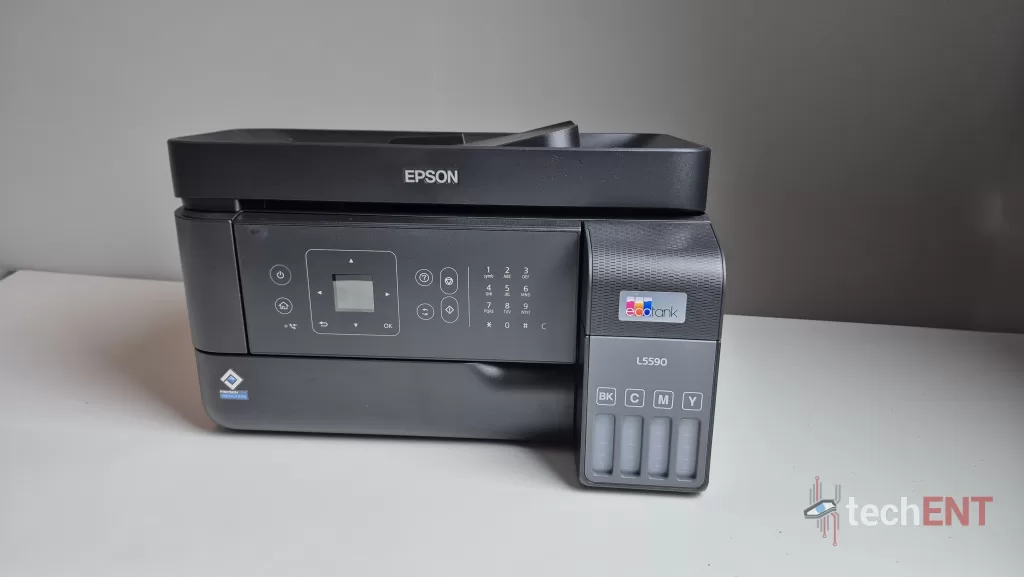
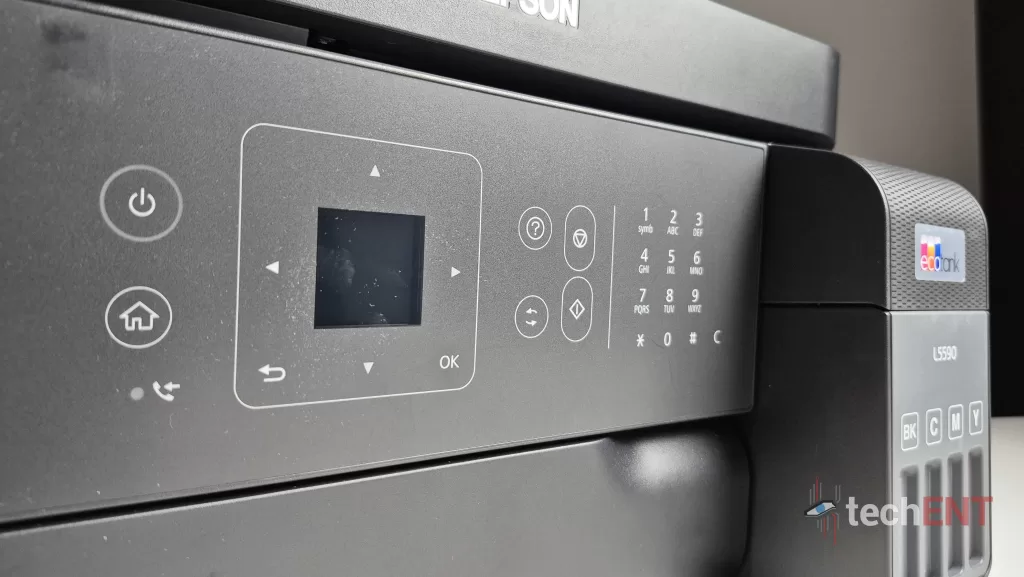
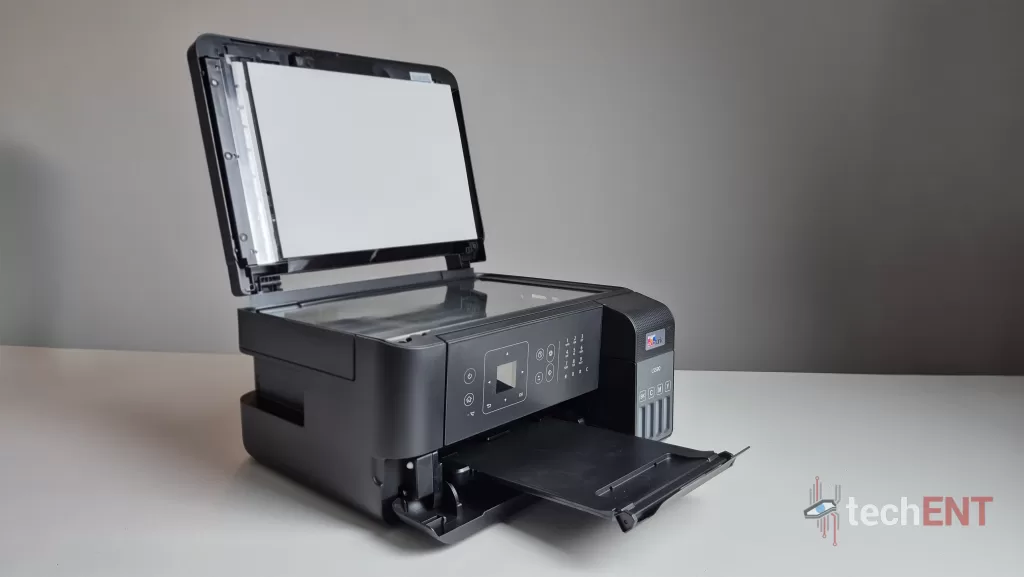
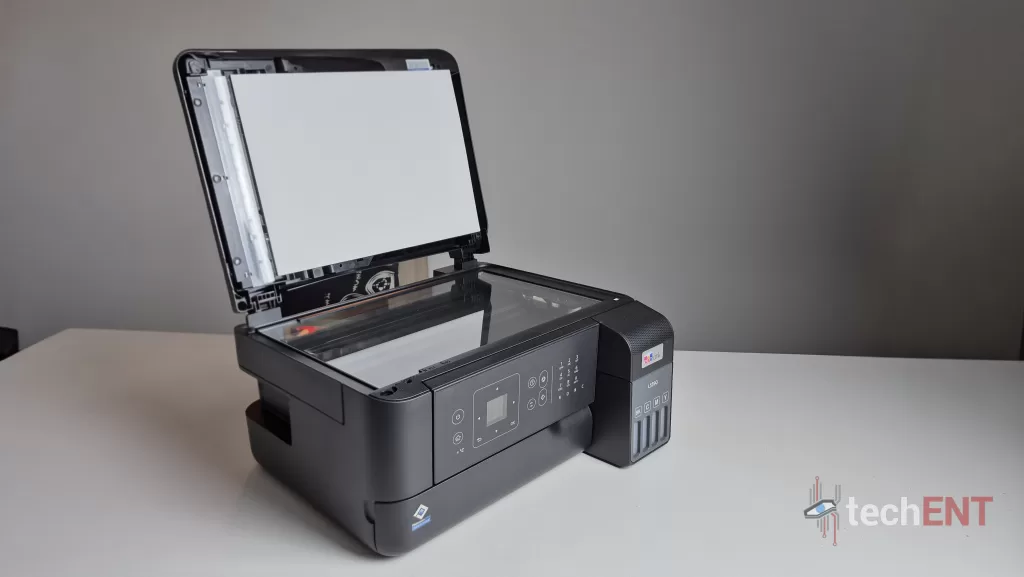
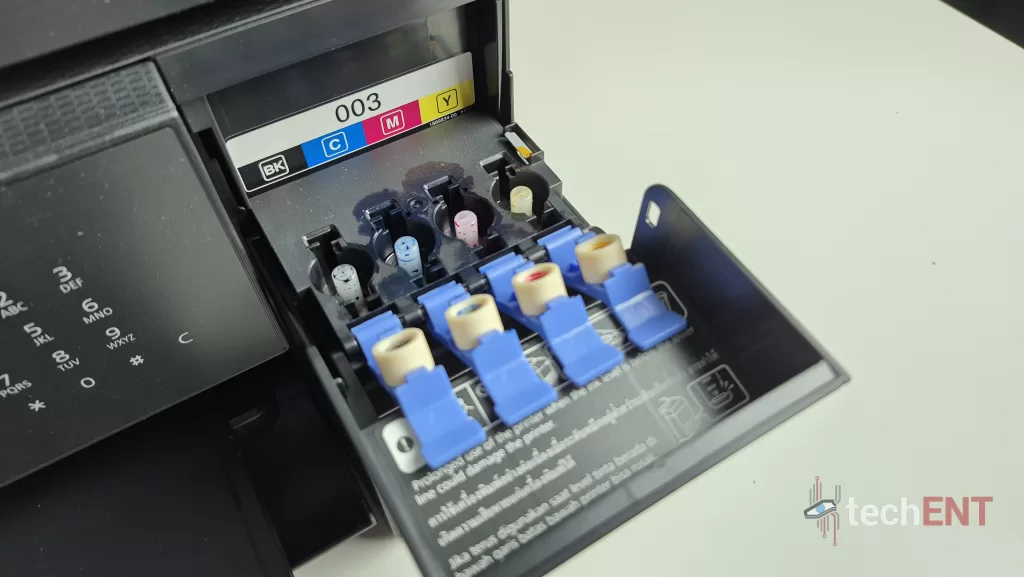
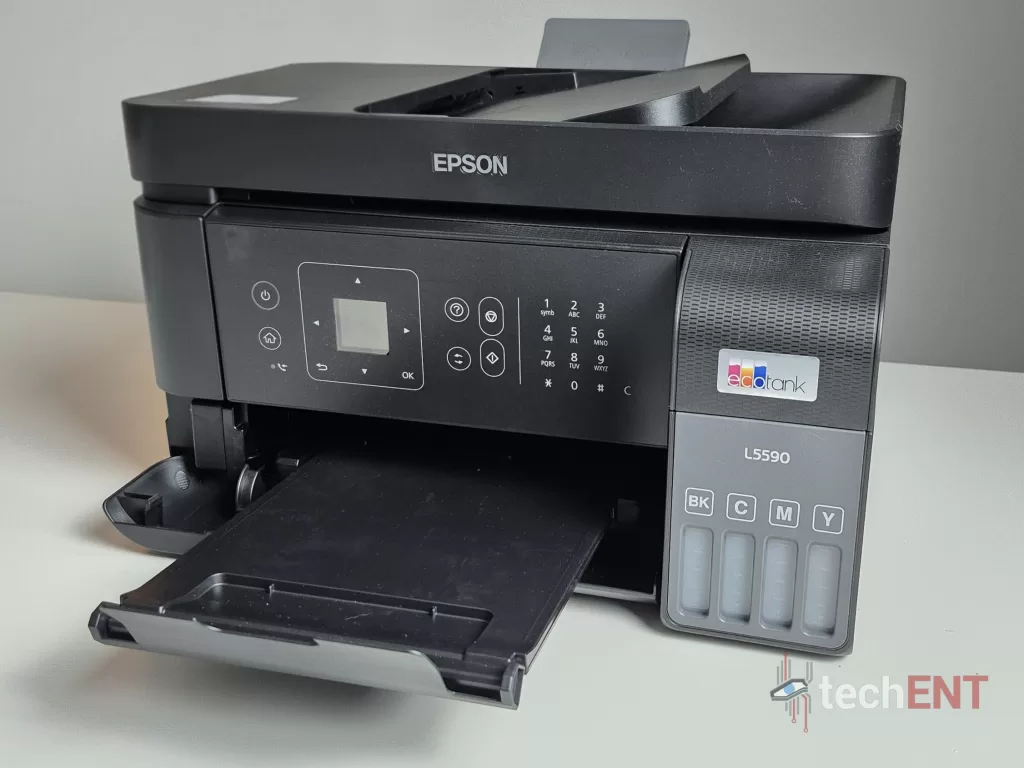
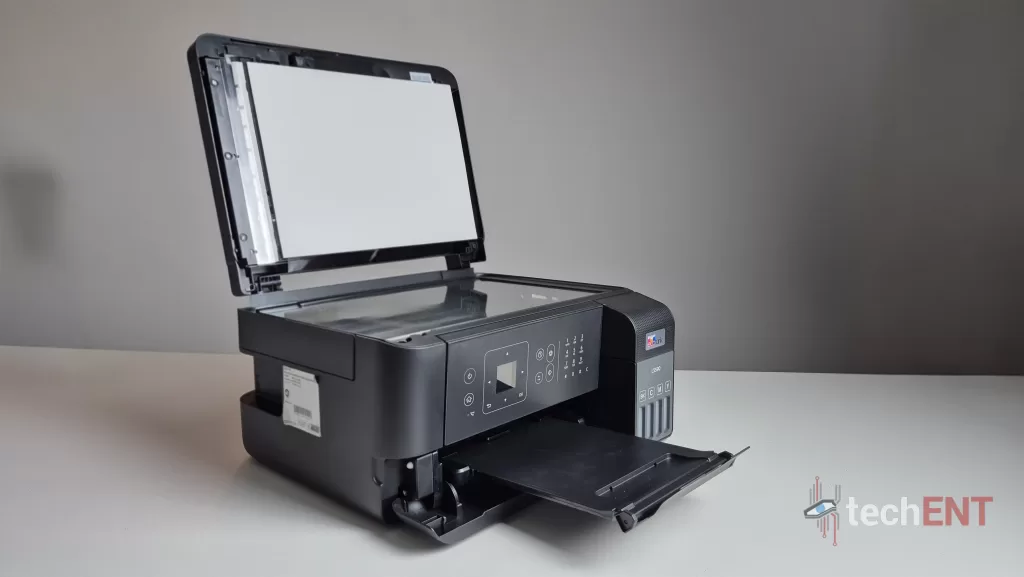
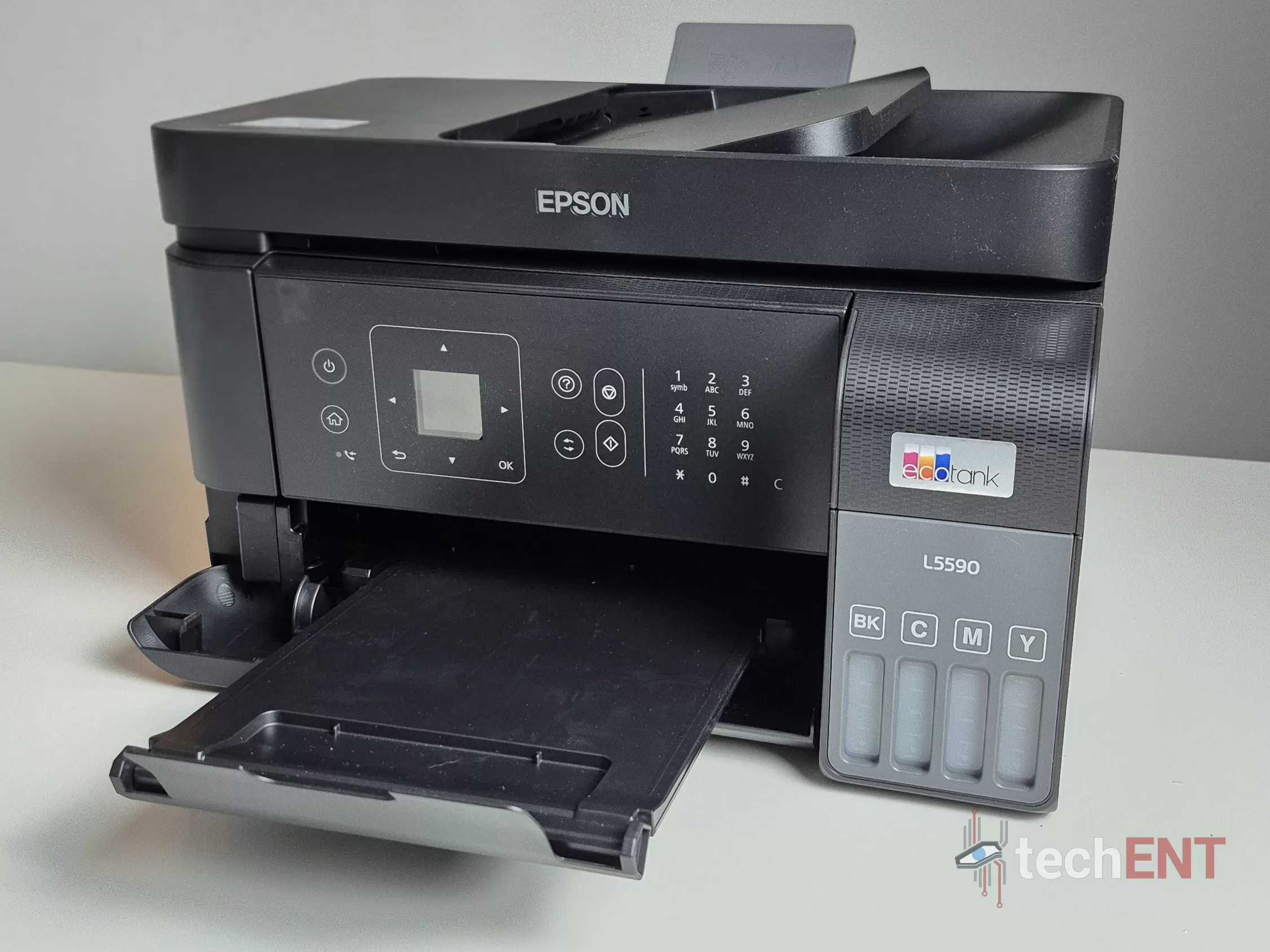 At the heart of the L5590 is the PrecisionCore Printhead, a key differentiator that sets it apart from conventional thermal inkjet printers. Unlike traditional printheads that use heat to eject ink, PrecisionCore technology employs a high-density print chip that precisely ejects ink droplets. This results in faster printing speeds of up to 15 ipm for black and 8 ipm for colour prints, as well as improved accuracy and durability.
At the heart of the L5590 is the PrecisionCore Printhead, a key differentiator that sets it apart from conventional thermal inkjet printers. Unlike traditional printheads that use heat to eject ink, PrecisionCore technology employs a high-density print chip that precisely ejects ink droplets. This results in faster printing speeds of up to 15 ipm for black and 8 ipm for colour prints, as well as improved accuracy and durability.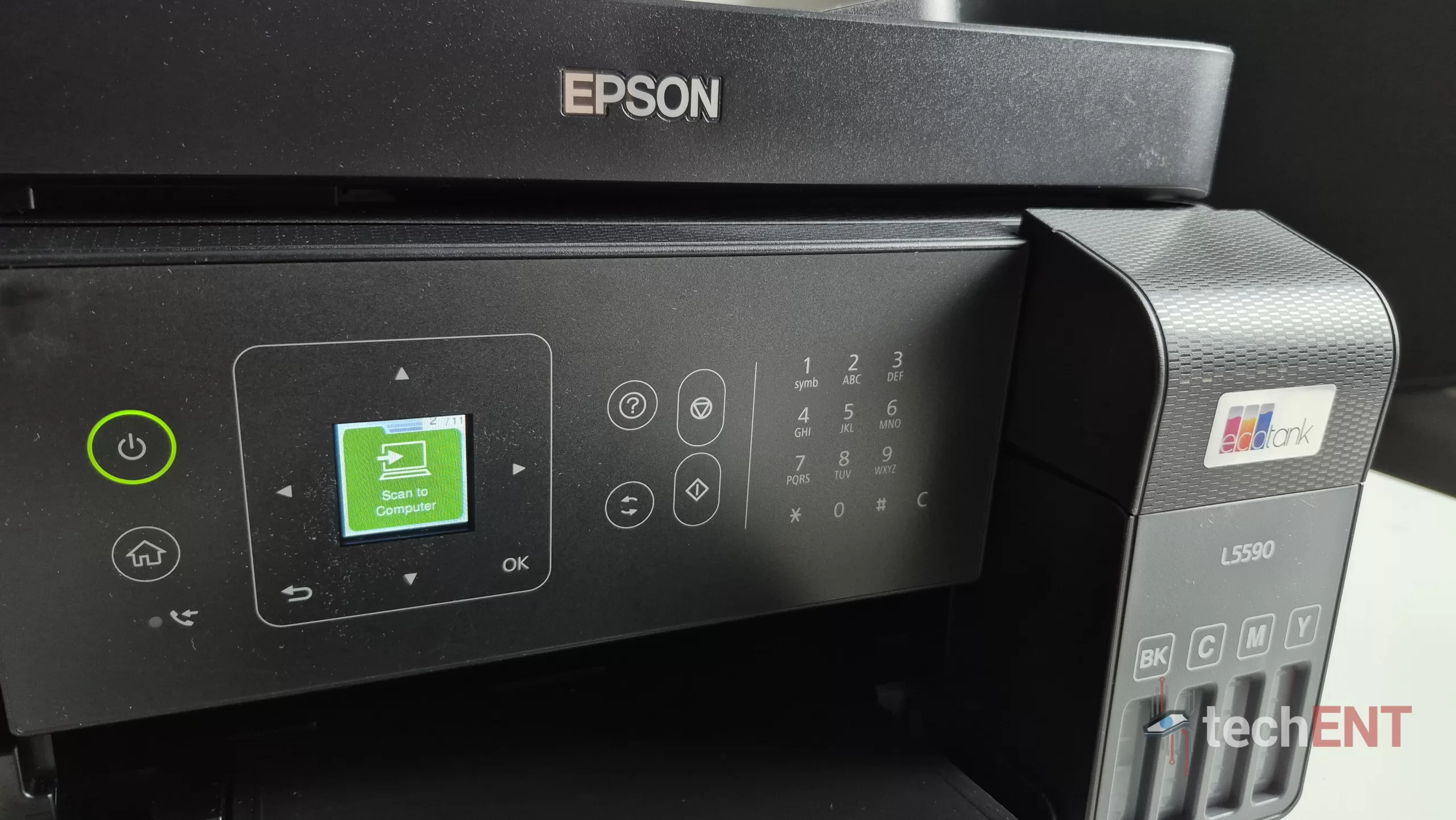 The L5590 incorporates a 1.44-inch color LCD screen to facilitate direct operation of the printer. This screen allows users to perform initial setup, configure network settings, and execute basic functions such as copying and scanning. However, the setup process itself, when done through the LCD screen, can be tedious. Navigating through the various options and inputting information using the physical buttons can be time-consuming and cumbersome. The interface is generally responsive, exhibiting minimal lag or delays as you navigate through the menus for other functions. However, the display is not touch-enabled, which means you must rely on physical buttons for all interactions beyond the initial setup. While this button-driven system is functional, it can feel somewhat outdated compared to the more intuitive touch interfaces found on many modern devices. For instance, inputting text or scrolling through lists requires repetitive button presses, which some users might find tedious.
The L5590 incorporates a 1.44-inch color LCD screen to facilitate direct operation of the printer. This screen allows users to perform initial setup, configure network settings, and execute basic functions such as copying and scanning. However, the setup process itself, when done through the LCD screen, can be tedious. Navigating through the various options and inputting information using the physical buttons can be time-consuming and cumbersome. The interface is generally responsive, exhibiting minimal lag or delays as you navigate through the menus for other functions. However, the display is not touch-enabled, which means you must rely on physical buttons for all interactions beyond the initial setup. While this button-driven system is functional, it can feel somewhat outdated compared to the more intuitive touch interfaces found on many modern devices. For instance, inputting text or scrolling through lists requires repetitive button presses, which some users might find tedious.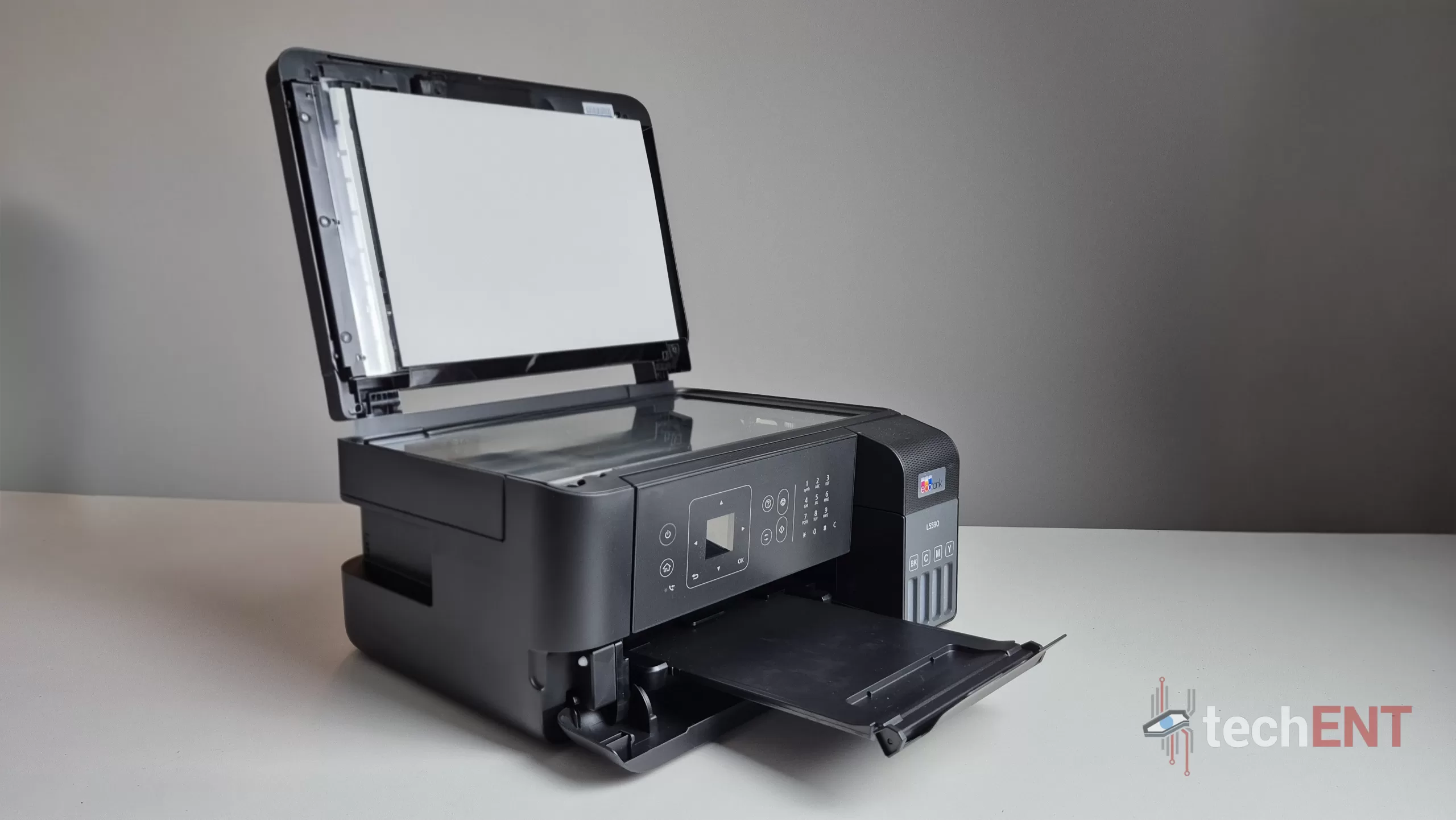 Beyond speed, the L5590 delivers impressive text quality. Printed text is remarkably sharp and well-defined, even at smaller font sizes, ensuring excellent readability for professional documents. The level of text clarity is so refined that the only tangible improvement would be achieved by using a laser printer, which is known for its crisp text output.
Beyond speed, the L5590 delivers impressive text quality. Printed text is remarkably sharp and well-defined, even at smaller font sizes, ensuring excellent readability for professional documents. The level of text clarity is so refined that the only tangible improvement would be achieved by using a laser printer, which is known for its crisp text output.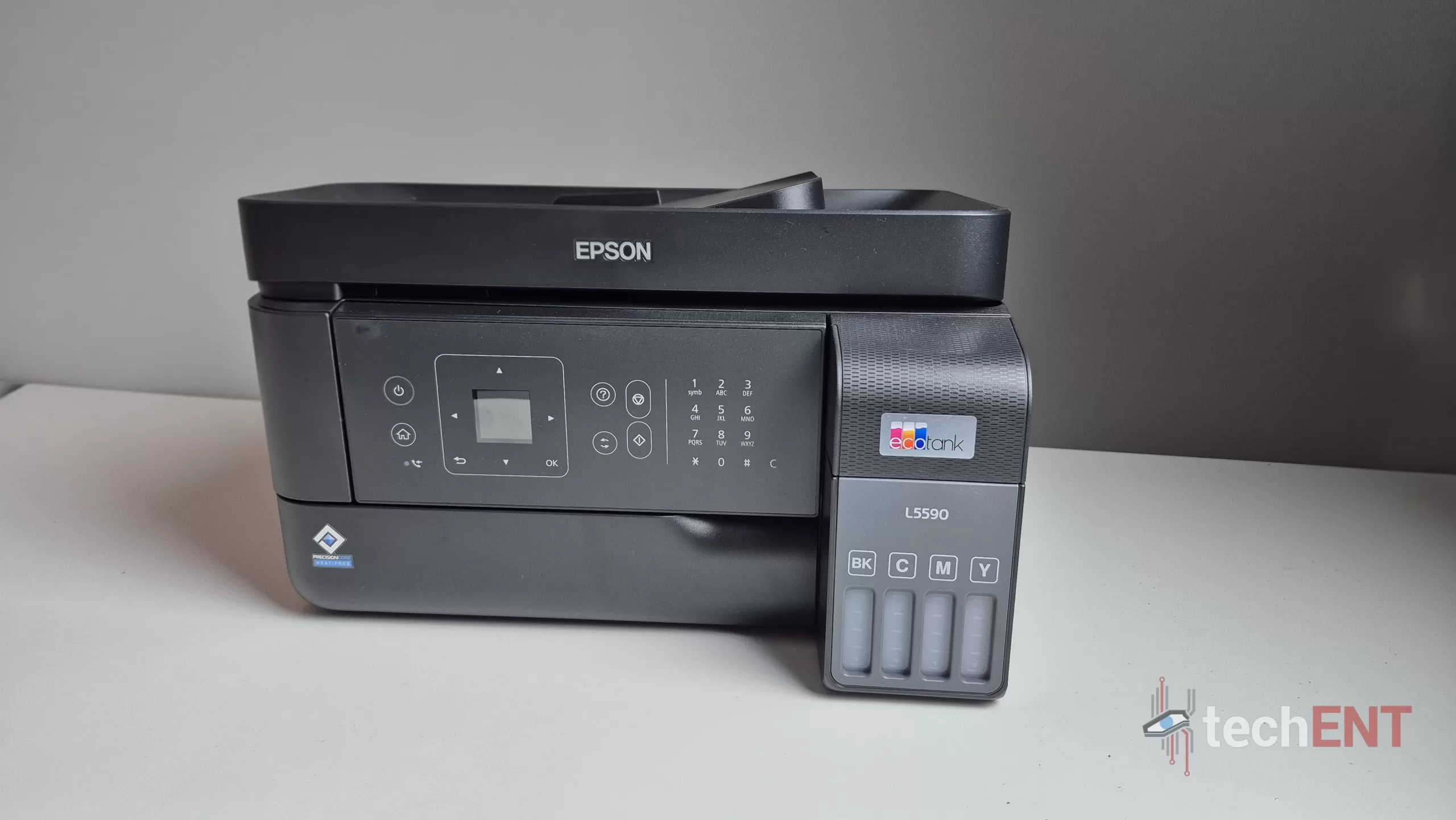 The inclusion of an Automatic Document Feeder (ADF) significantly enhances the scanning of multi-page documents, streamlining the workflow for large volumes of paperwork. This is further complemented by the ADF’s duplex scanning functionality, which automatically scans both sides of a page.
The inclusion of an Automatic Document Feeder (ADF) significantly enhances the scanning of multi-page documents, streamlining the workflow for large volumes of paperwork. This is further complemented by the ADF’s duplex scanning functionality, which automatically scans both sides of a page.

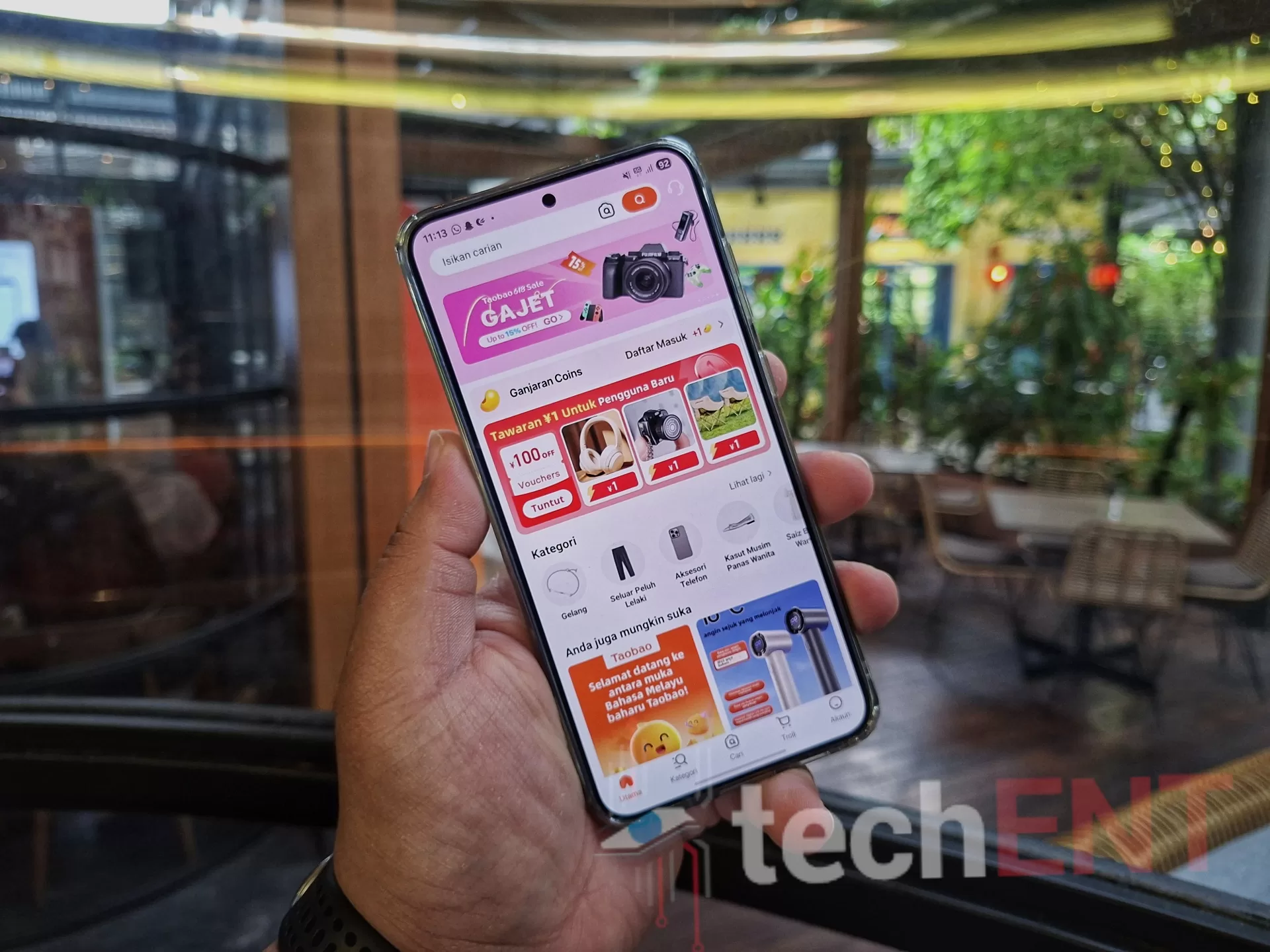

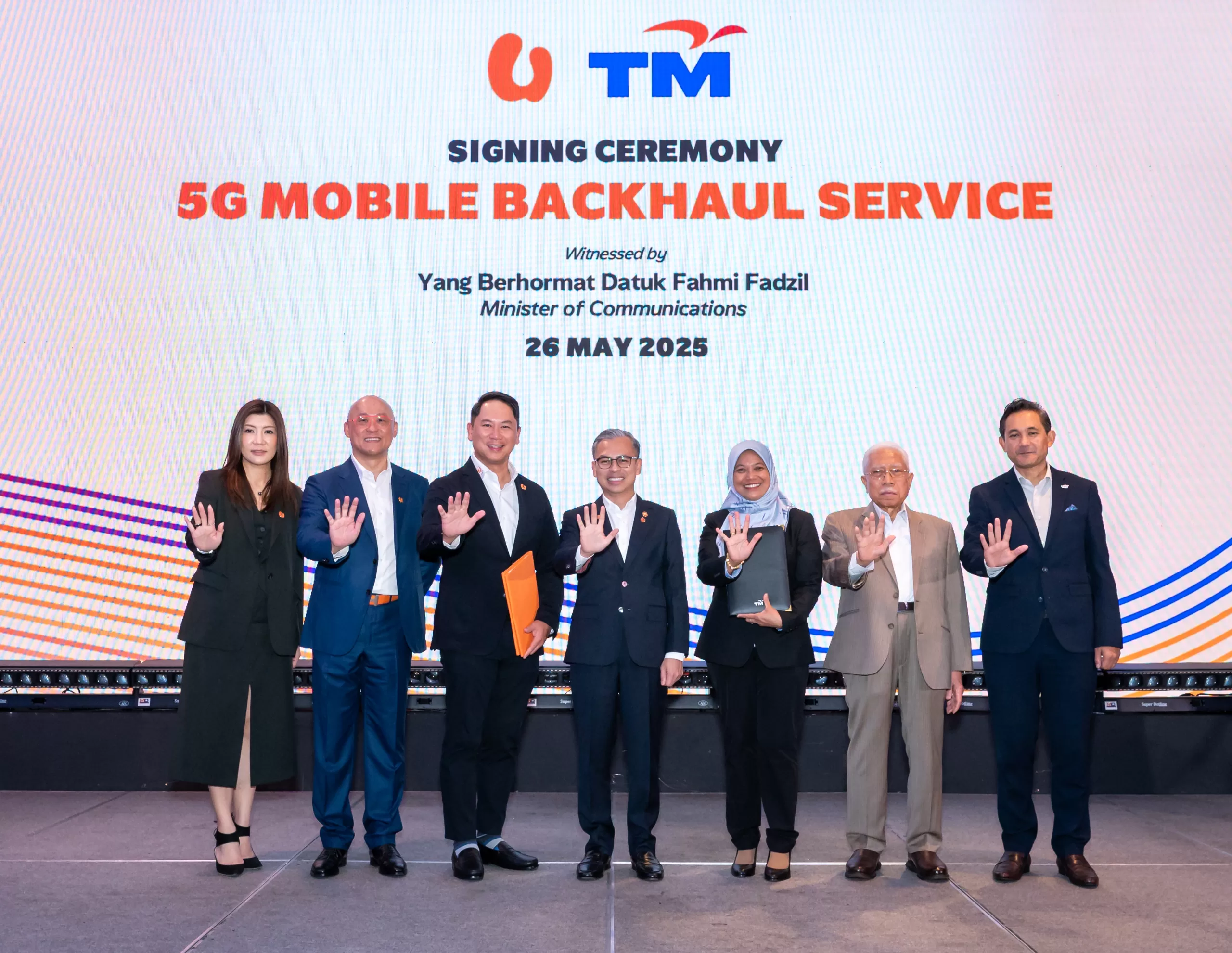

 However, one immediate detractor from this otherwise elevated feel is the built-in screen protector. While its intention might be protective, its execution unfortunately makes the phone feel cheaper than its underlying build suggests. On a device featuring a subtly elegant quad-curve display, the protector fails to wrap adequately around the edges, leaving a very noticeable and somewhat sharp edge that you constantly feel during use. It’s a small detail, but one that impacts the tactile experience quite significantly.
However, one immediate detractor from this otherwise elevated feel is the built-in screen protector. While its intention might be protective, its execution unfortunately makes the phone feel cheaper than its underlying build suggests. On a device featuring a subtly elegant quad-curve display, the protector fails to wrap adequately around the edges, leaving a very noticeable and somewhat sharp edge that you constantly feel during use. It’s a small detail, but one that impacts the tactile experience quite significantly.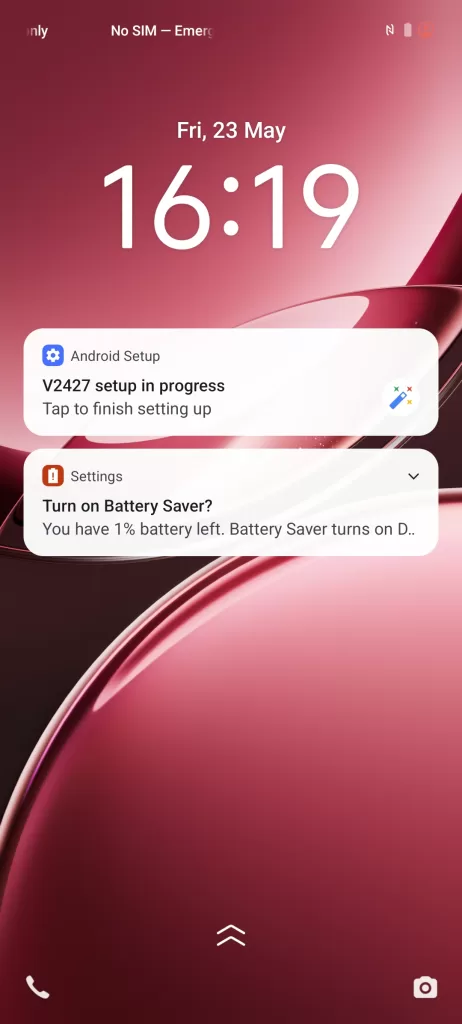
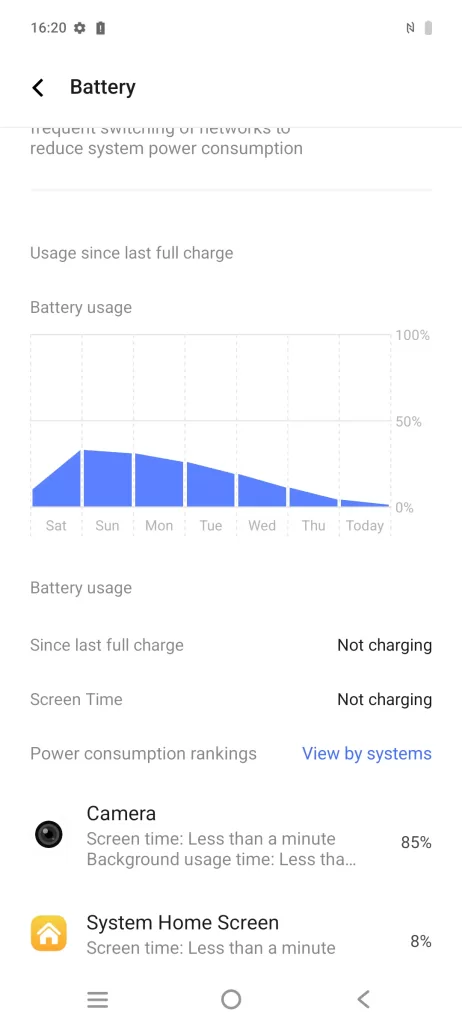
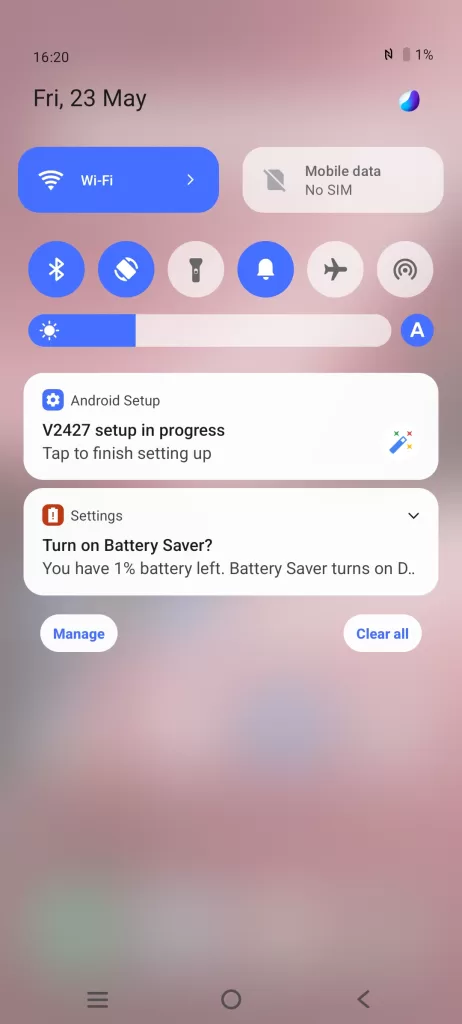
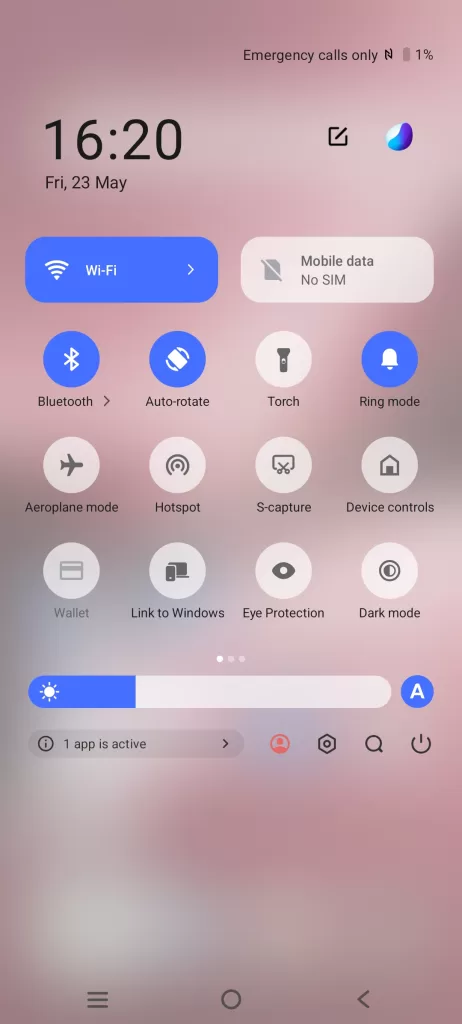
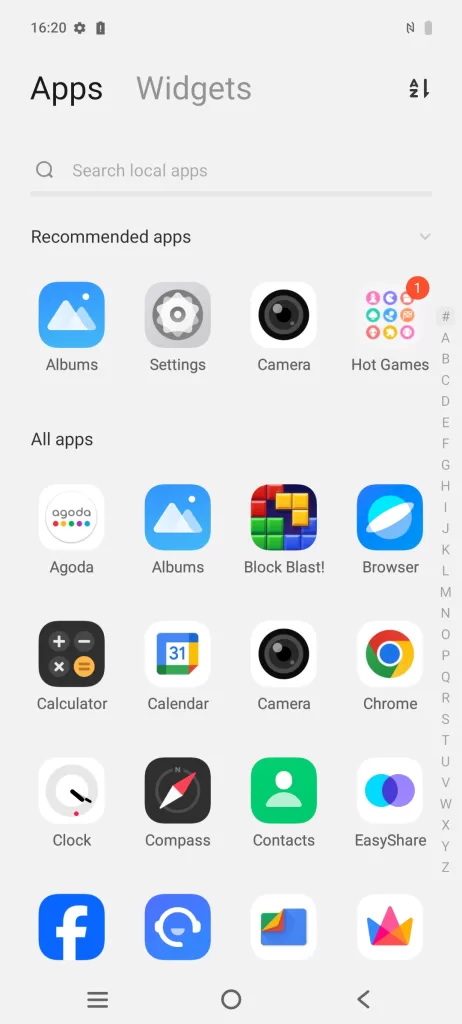
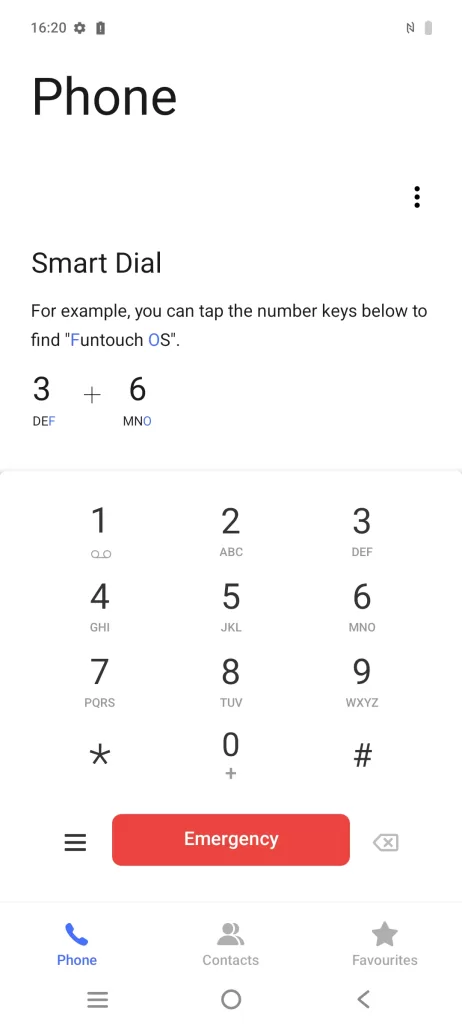
 The ‘small window’ mode further enhances multitasking, allowing you to open up to three apps simultaneously in floating windows, even in tandem with a split-screen view below. The phone wasn’t significantly bogged down when juggling the more usual multitasking suspects like YouTube, WhatsApp, Google Keep, Word, and similar applications. However, echoing the split-screen experience, it tended to stutter ever so slightly when those more resource-intensive apps were brought into the mix.
The ‘small window’ mode further enhances multitasking, allowing you to open up to three apps simultaneously in floating windows, even in tandem with a split-screen view below. The phone wasn’t significantly bogged down when juggling the more usual multitasking suspects like YouTube, WhatsApp, Google Keep, Word, and similar applications. However, echoing the split-screen experience, it tended to stutter ever so slightly when those more resource-intensive apps were brought into the mix. Under more regular, active usage conditions – which for me typically involves managing about 8 email accounts syncing in the background, frequent scrolling through social media feeds, watching YouTube videos, listening to podcasts and music, and diving into the occasional game here and there – the battery easily lasted a full day and a half, often pushing towards two days before needing a recharge. This is pretty impressive, especially considering the sheer number of phones on the market today that still struggle to consistently make it past a single 8-hour workday.
Under more regular, active usage conditions – which for me typically involves managing about 8 email accounts syncing in the background, frequent scrolling through social media feeds, watching YouTube videos, listening to podcasts and music, and diving into the occasional game here and there – the battery easily lasted a full day and a half, often pushing towards two days before needing a recharge. This is pretty impressive, especially considering the sheer number of phones on the market today that still struggle to consistently make it past a single 8-hour workday.





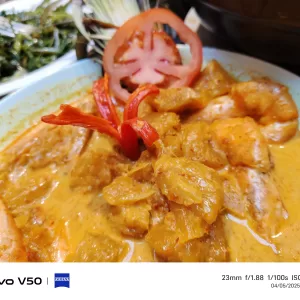













 However, looking ahead, our time with the V50 also highlights an area where vivo needs to channel more innovation: its software and overall user experience. While Funtouch OS 15 has embraced a cleaner aesthetic closer to stock Android, it still lacks a distinctive identity, and certain elements, like the settings menu, feel dated and overly complex. For vivo to truly set itself apart from the increasingly crowded midrange competition, it needs to spend time and resources carving out a user experience that is uniquely ‘vivo,’ providing not just capable hardware but also a software layer that is both intuitive and memorable. Ultimately, the V50 is a strong offering, particularly for photography enthusiasts, but refining the software experience should be vivo’s next frontier.
However, looking ahead, our time with the V50 also highlights an area where vivo needs to channel more innovation: its software and overall user experience. While Funtouch OS 15 has embraced a cleaner aesthetic closer to stock Android, it still lacks a distinctive identity, and certain elements, like the settings menu, feel dated and overly complex. For vivo to truly set itself apart from the increasingly crowded midrange competition, it needs to spend time and resources carving out a user experience that is uniquely ‘vivo,’ providing not just capable hardware but also a software layer that is both intuitive and memorable. Ultimately, the V50 is a strong offering, particularly for photography enthusiasts, but refining the software experience should be vivo’s next frontier.
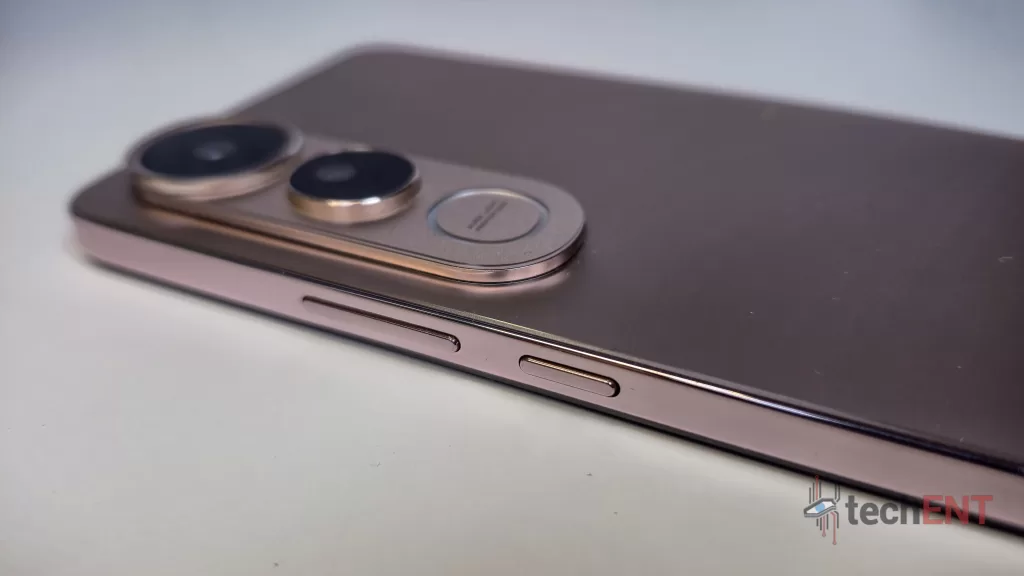

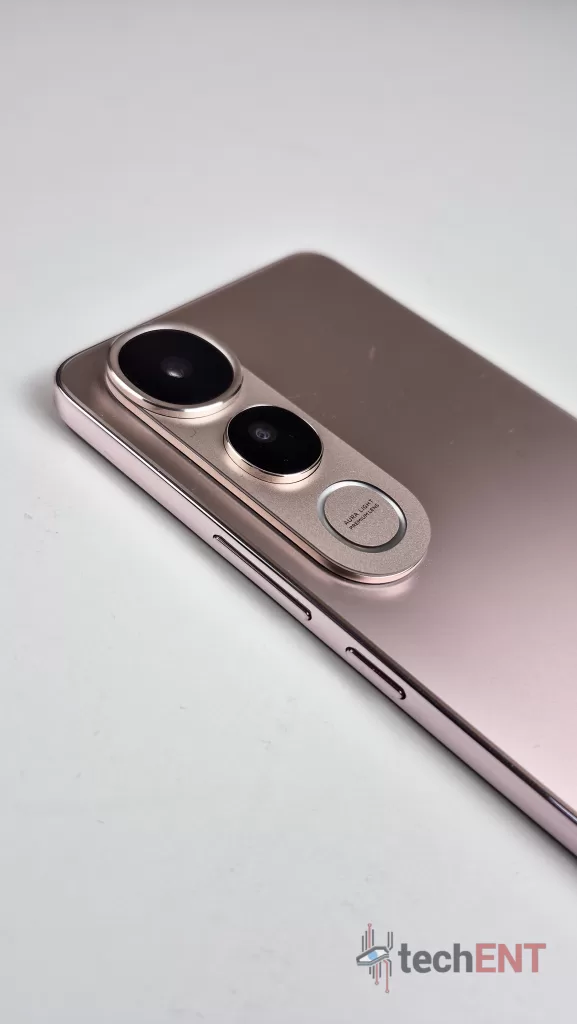

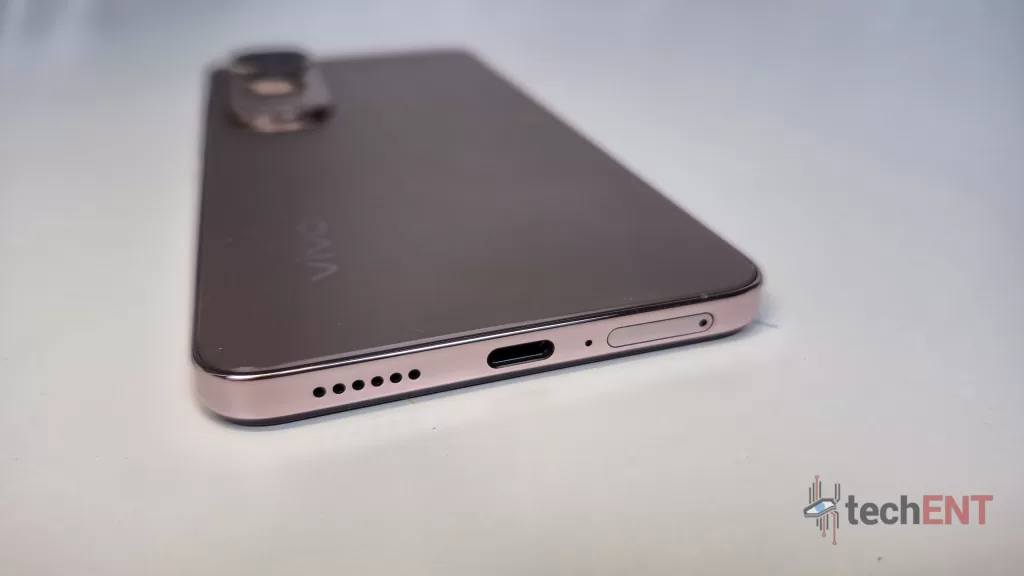
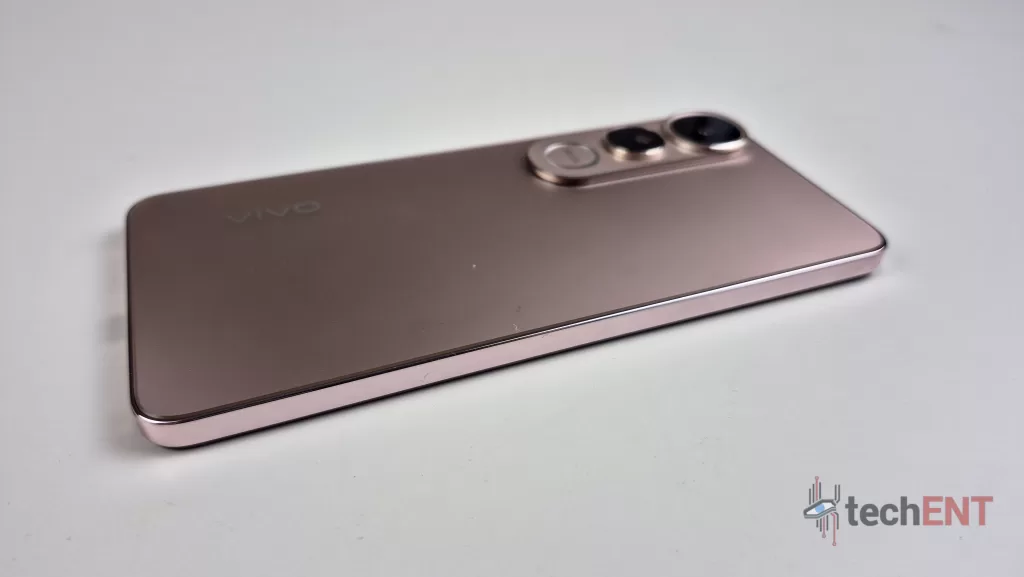
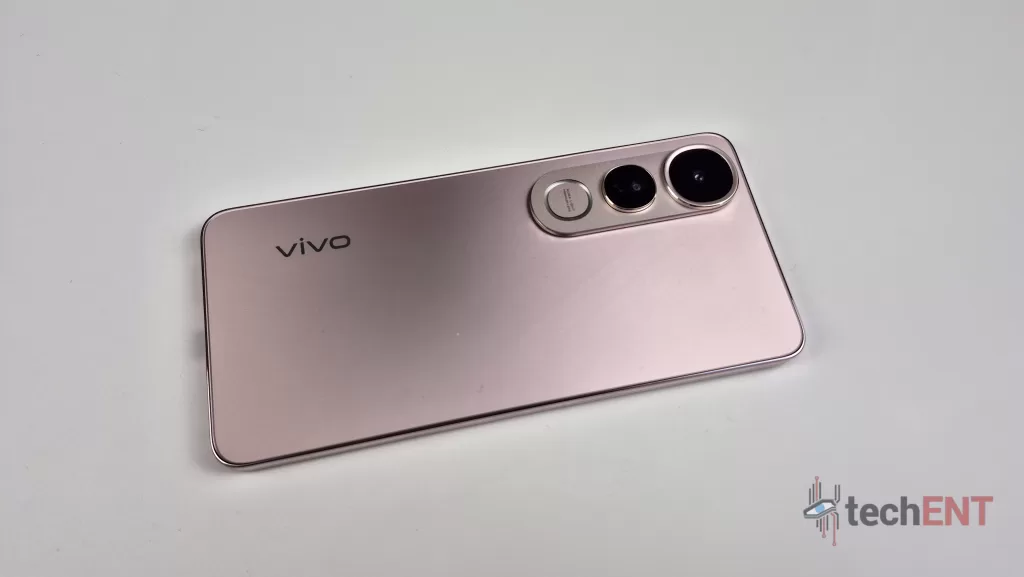
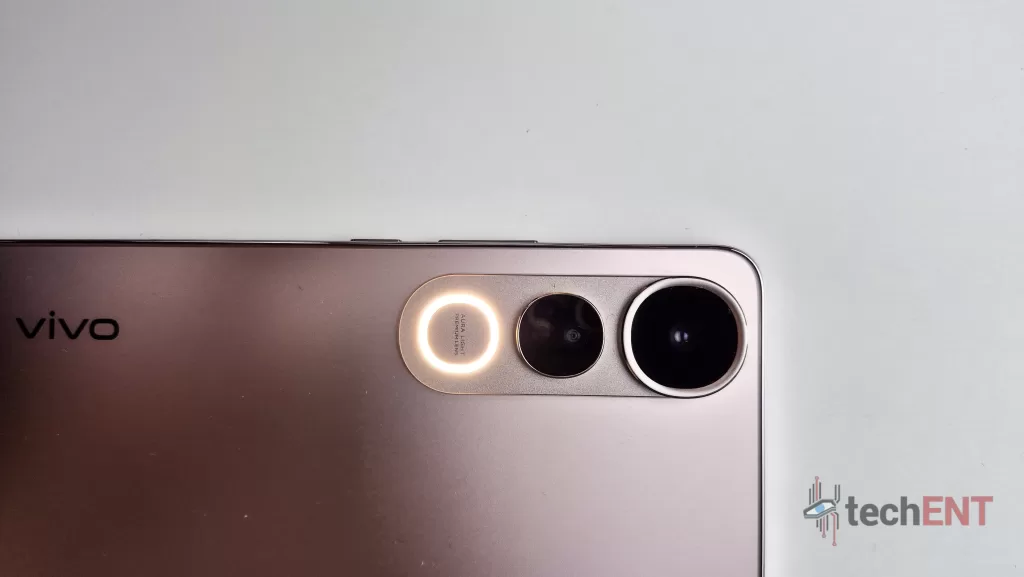
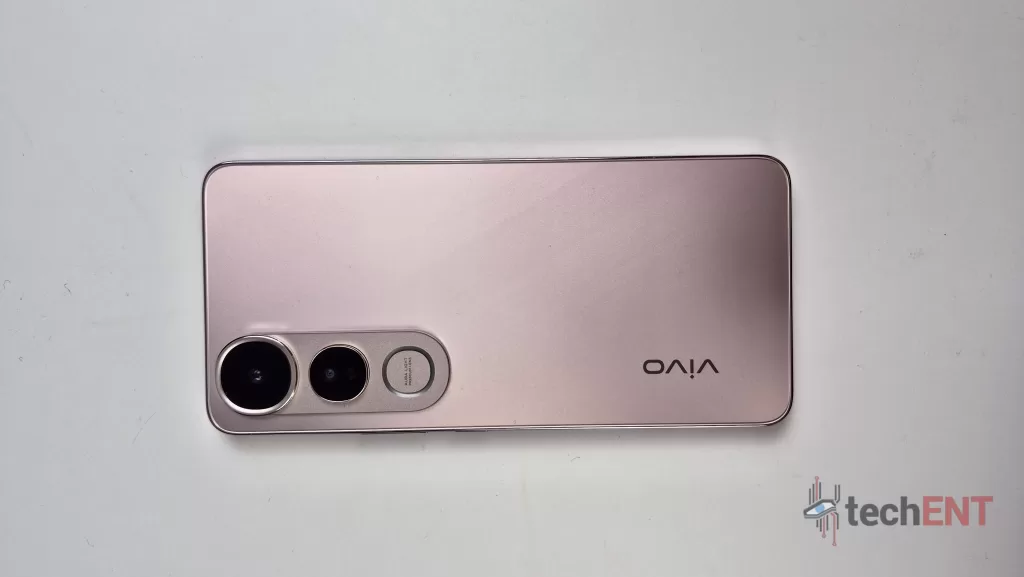
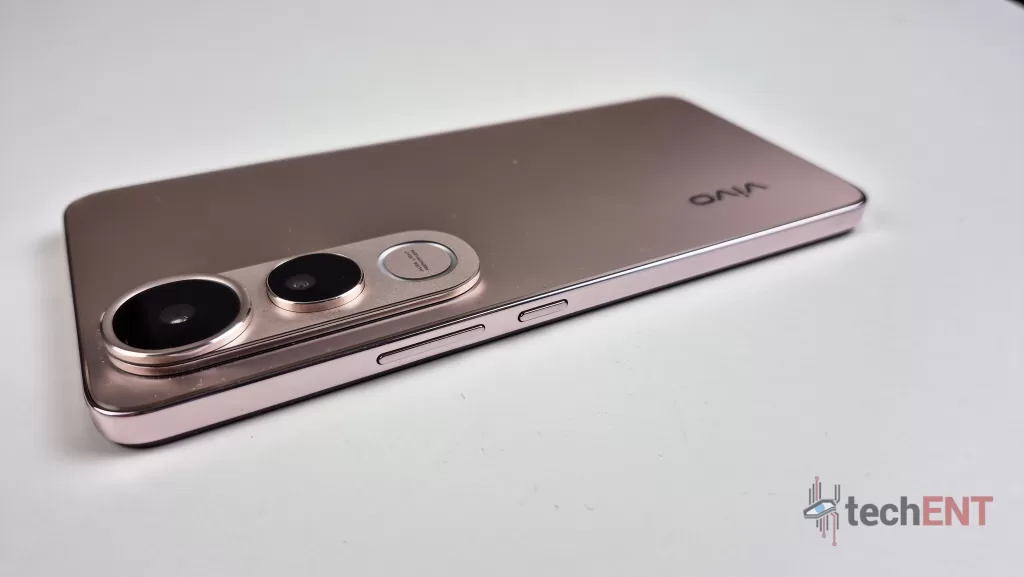
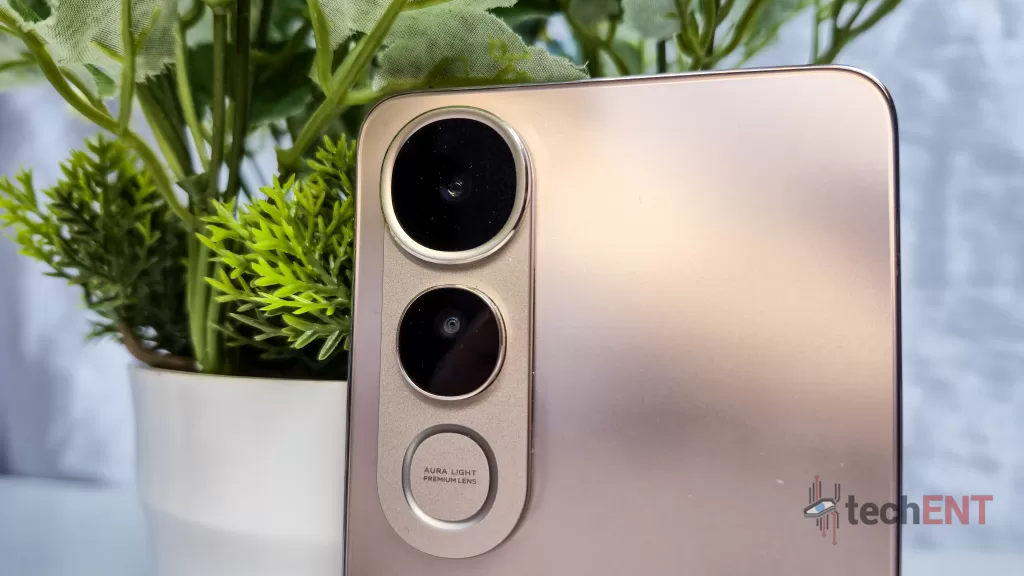



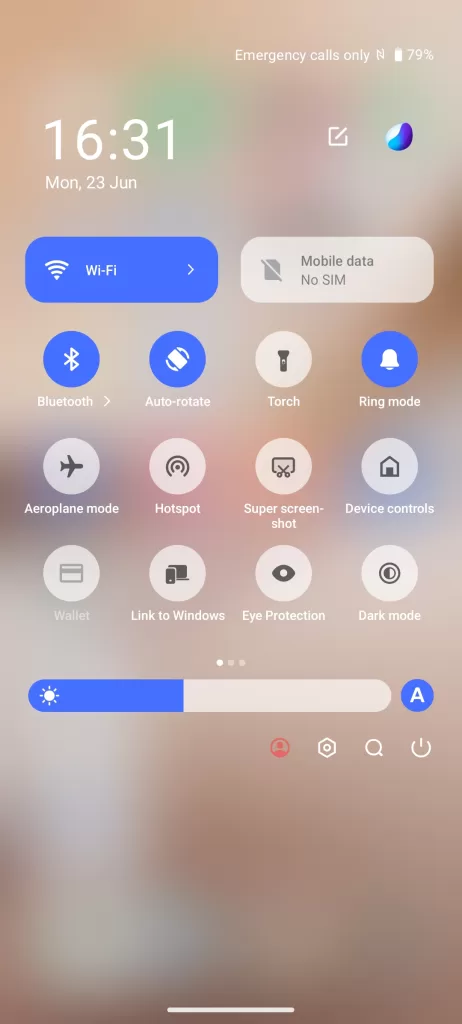
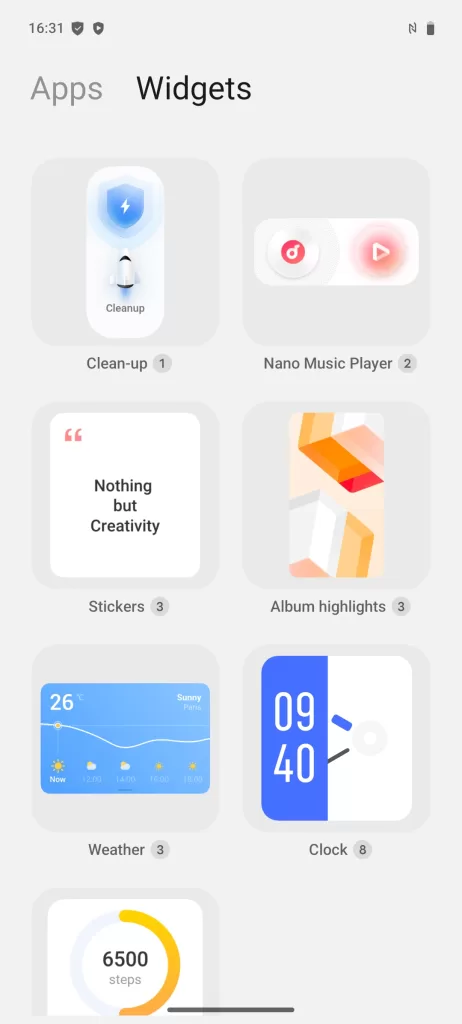
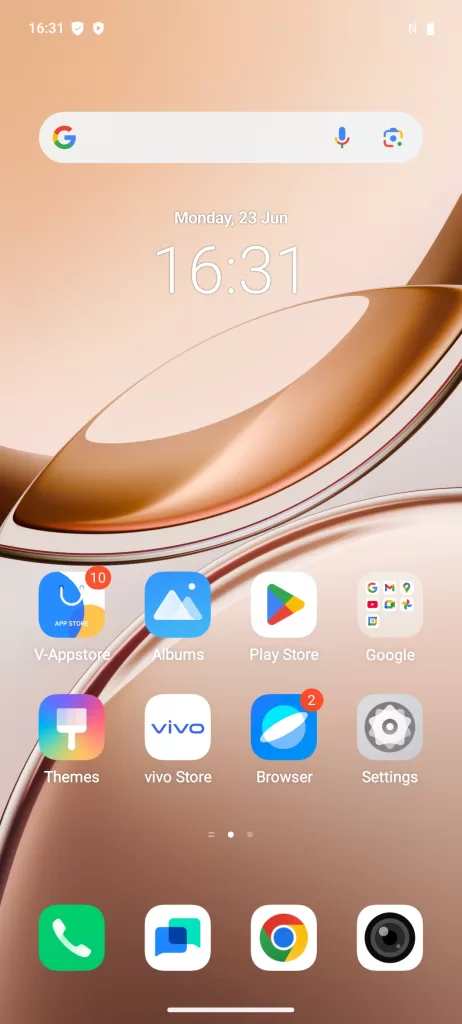
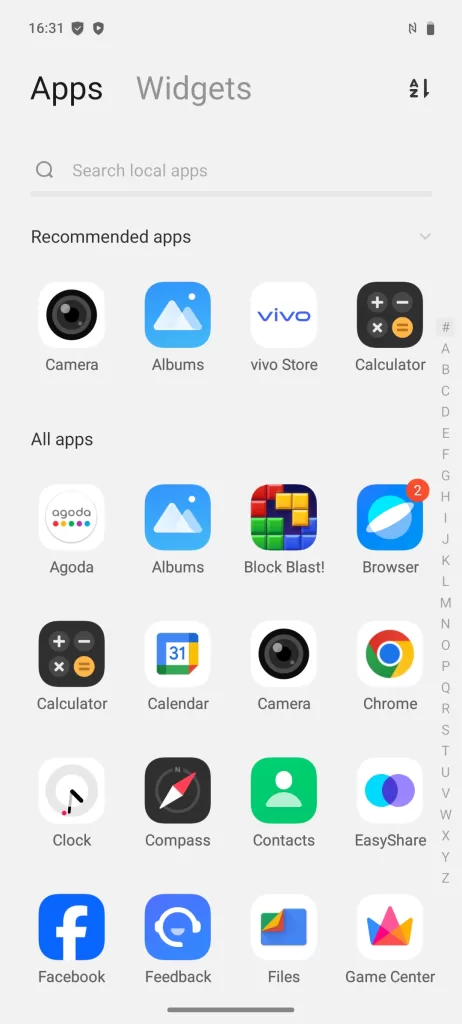
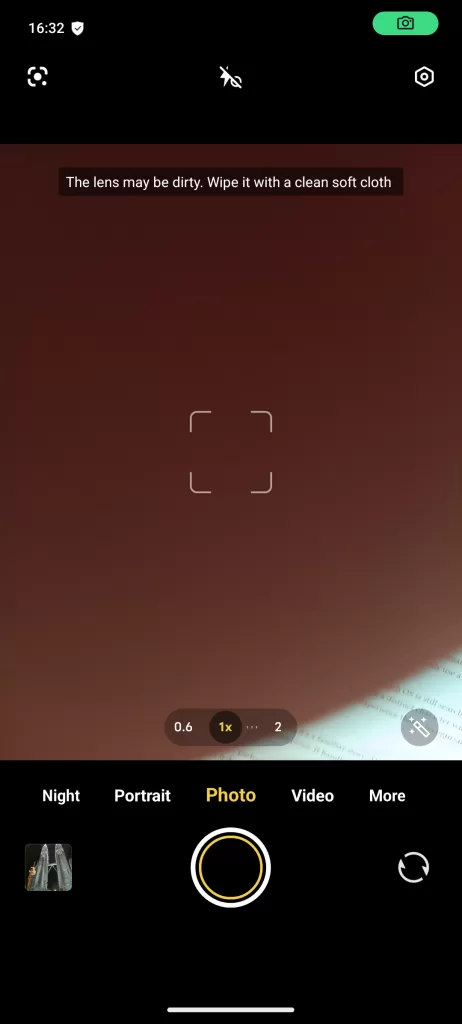
 But here’s the thing – perhaps that’s the issue. The V50 Lite performs exactly as predicted, meeting a baseline that feels like it was set a year or two ago. While it gets the job done, it doesn’t push the envelope. It raises the question of whether we, as consumers, should start demanding a little more horsepower and responsiveness for our Ringgit, even in the “Lite” category. The V50 Lite is competent, yes, but it doesn’t do much to challenge the status quo.
But here’s the thing – perhaps that’s the issue. The V50 Lite performs exactly as predicted, meeting a baseline that feels like it was set a year or two ago. While it gets the job done, it doesn’t push the envelope. It raises the question of whether we, as consumers, should start demanding a little more horsepower and responsiveness for our Ringgit, even in the “Lite” category. The V50 Lite is competent, yes, but it doesn’t do much to challenge the status quo. viSure, it doesn’t have the bleeding-edge WiFi 7 standard, but let’s be real, for a “Lite” phone, that’s completely fine and expected. It comes with reliable dual-band Wi-Fi that handles home and office networks perfectly. What’s far more important is how it performs in the real world, and this is where the V50 Lite punches above its weight.
viSure, it doesn’t have the bleeding-edge WiFi 7 standard, but let’s be real, for a “Lite” phone, that’s completely fine and expected. It comes with reliable dual-band Wi-Fi that handles home and office networks perfectly. What’s far more important is how it performs in the real world, and this is where the V50 Lite punches above its weight.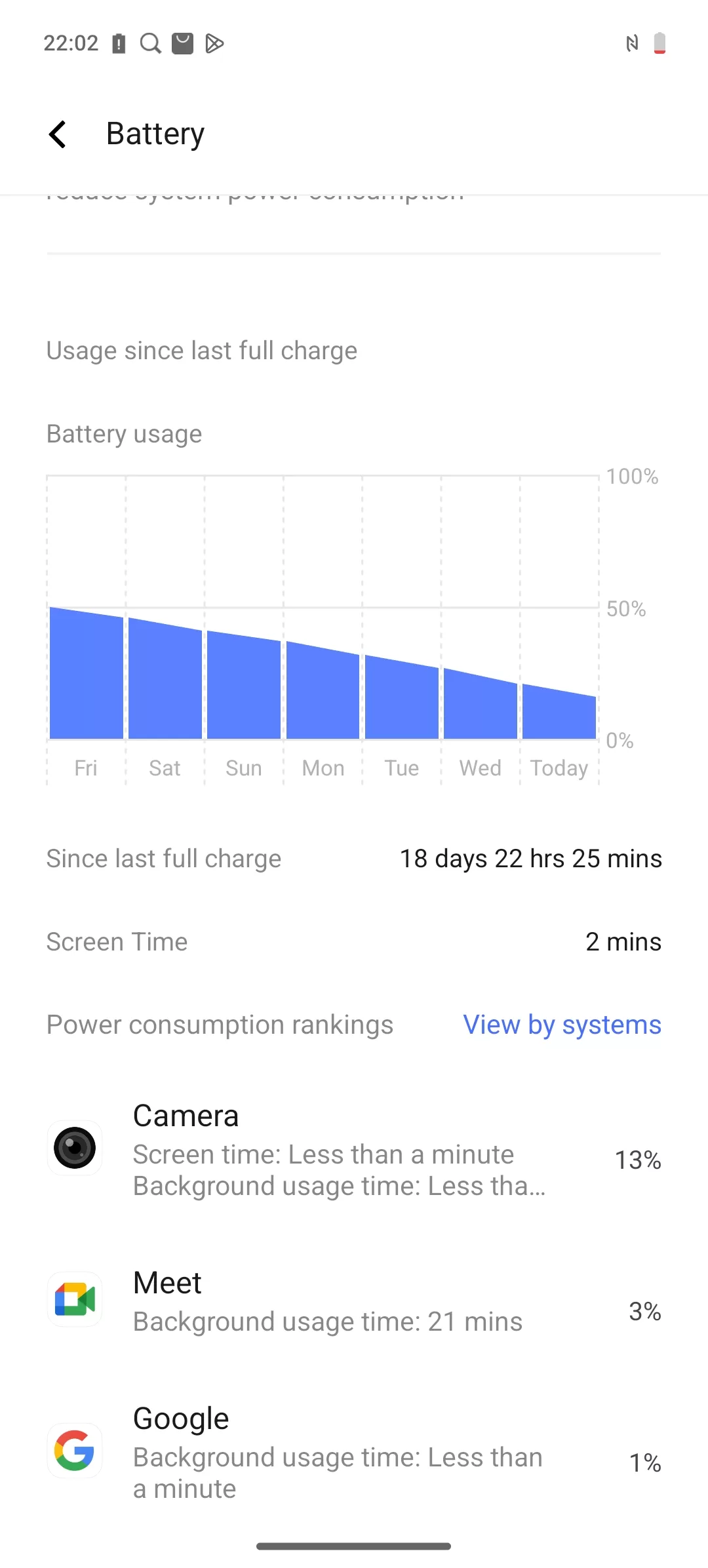 And boy, does it deliver. With my typical heavy usage – juggling about eight email accounts, constantly doom-scrolling through multiple social media feeds, and squeezing in some gaming sessions – the V50 Lite didn’t even flinch. It consistently, and comfortably, sailed past the two-day mark on a single charge. This is the kind of phone you can take on a weekend trip and forget to pack the charger for. On pure standby, it’s even more ridiculous; I left it unplugged, and it lasted for more than eight days before finally giving up. Battery anxiety simply ceases to exist with this phone.
And boy, does it deliver. With my typical heavy usage – juggling about eight email accounts, constantly doom-scrolling through multiple social media feeds, and squeezing in some gaming sessions – the V50 Lite didn’t even flinch. It consistently, and comfortably, sailed past the two-day mark on a single charge. This is the kind of phone you can take on a weekend trip and forget to pack the charger for. On pure standby, it’s even more ridiculous; I left it unplugged, and it lasted for more than eight days before finally giving up. Battery anxiety simply ceases to exist with this phone. The quality holds up under scrutiny, too. With a sharp 2392 × 1080 resolution, everything looks crisp and detailed, thanks to a pixel density of around 387ppi. Text is clean, and images are sharp. The panel offers up that classic OLED punch, with vibrant, lively colours and deep, inky blacks that make media consumption a joy.
The quality holds up under scrutiny, too. With a sharp 2392 × 1080 resolution, everything looks crisp and detailed, thanks to a pixel density of around 387ppi. Text is clean, and images are sharp. The panel offers up that classic OLED punch, with vibrant, lively colours and deep, inky blacks that make media consumption a joy.





















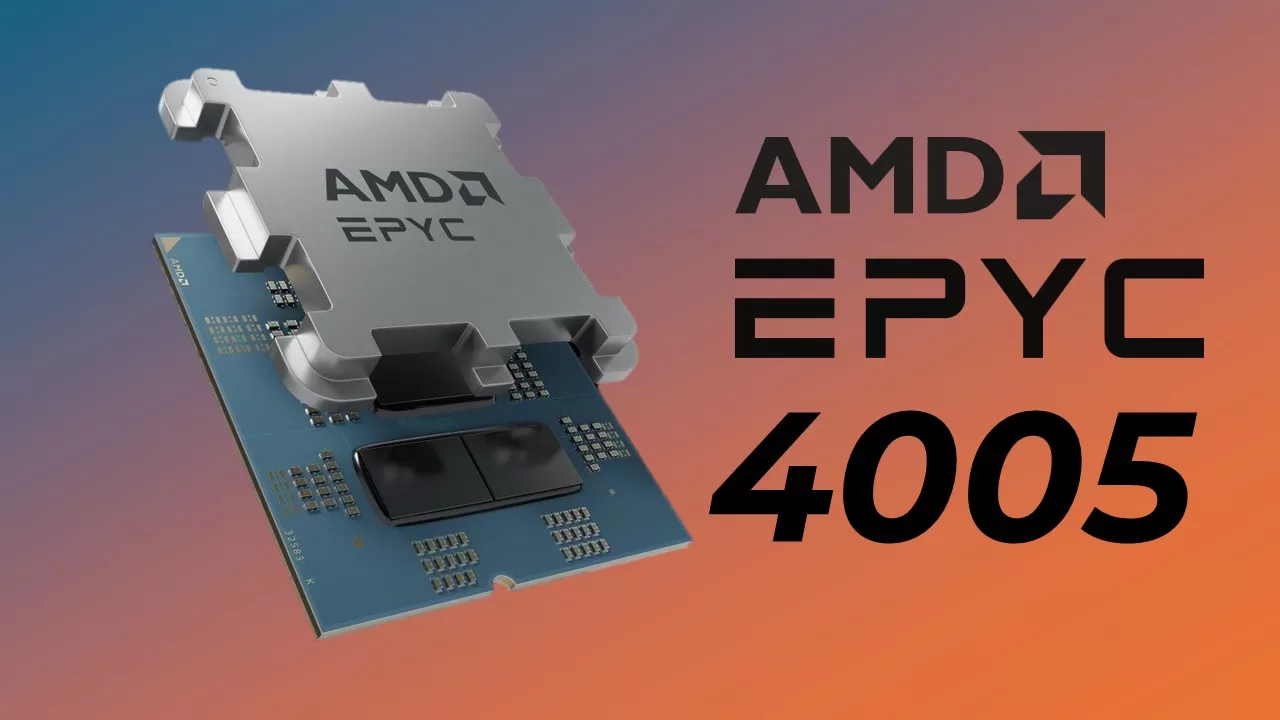
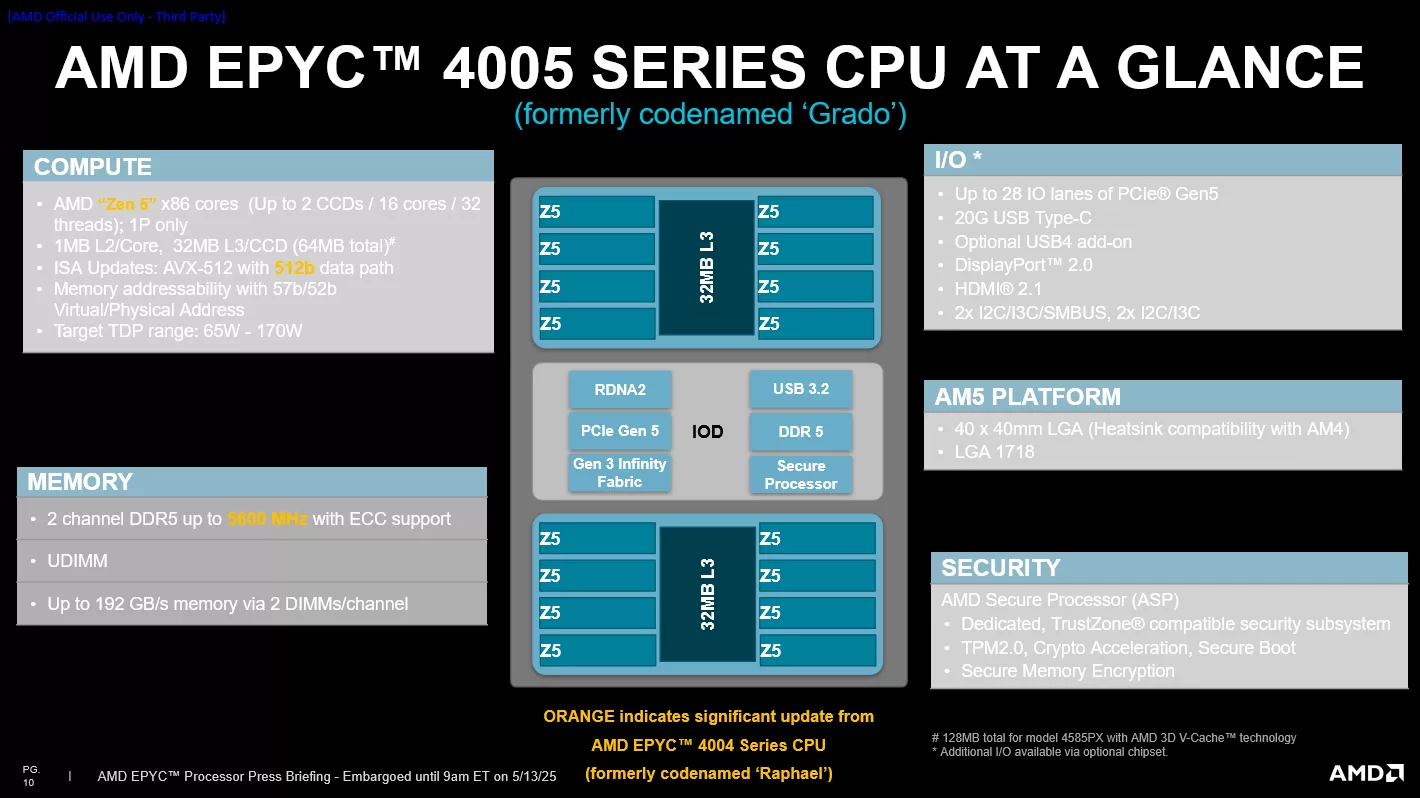 Getting data in and out of the processor quickly is crucial for performance. The EPYC 4005 Series steps up here with support for PCIe Gen5. This is the latest standard for connecting components like high-speed storage drives and networking cards, offering significantly faster data transfer speeds than previous generations. This translates directly to quicker access to your data and faster networking, which is essential for applications that deal with large files or high volumes of traffic.
Getting data in and out of the processor quickly is crucial for performance. The EPYC 4005 Series steps up here with support for PCIe Gen5. This is the latest standard for connecting components like high-speed storage drives and networking cards, offering significantly faster data transfer speeds than previous generations. This translates directly to quicker access to your data and faster networking, which is essential for applications that deal with large files or high volumes of traffic.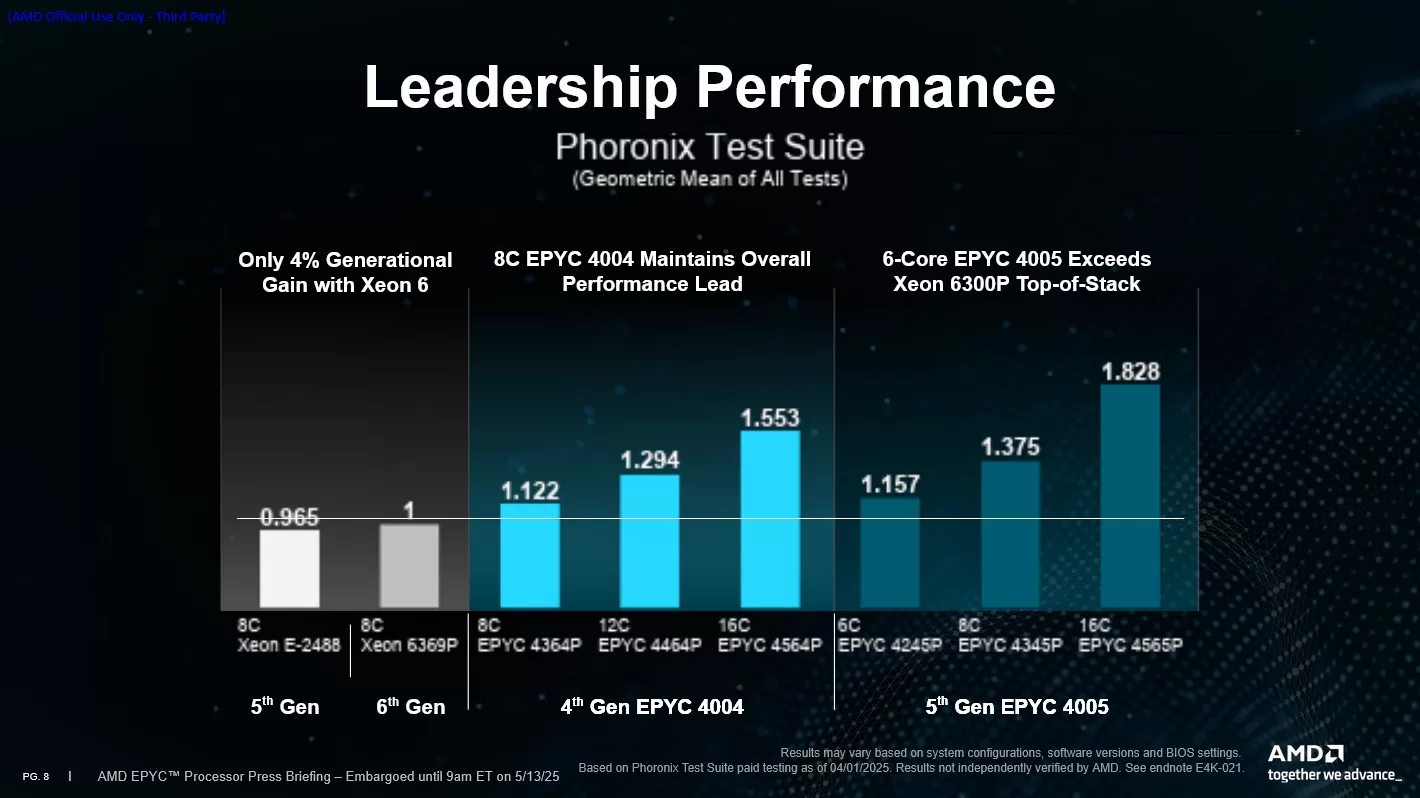 Managing storage reliably is vital for any business. The EPYC 4005 Series includes RAIDXpert2 for Server, a feature that provides flexible software-based tools for configuring and managing your storage drives. This allows you to set up different types of RAID arrays for data redundancy (protecting against drive failures) and performance optimisation. It supports various types of modern storage drives, including speedy NVMe SSDs, and offers features like hot-swap support and automatic fault detection to keep your data accessible and safe.
Managing storage reliably is vital for any business. The EPYC 4005 Series includes RAIDXpert2 for Server, a feature that provides flexible software-based tools for configuring and managing your storage drives. This allows you to set up different types of RAID arrays for data redundancy (protecting against drive failures) and performance optimisation. It supports various types of modern storage drives, including speedy NVMe SSDs, and offers features like hot-swap support and automatic fault detection to keep your data accessible and safe.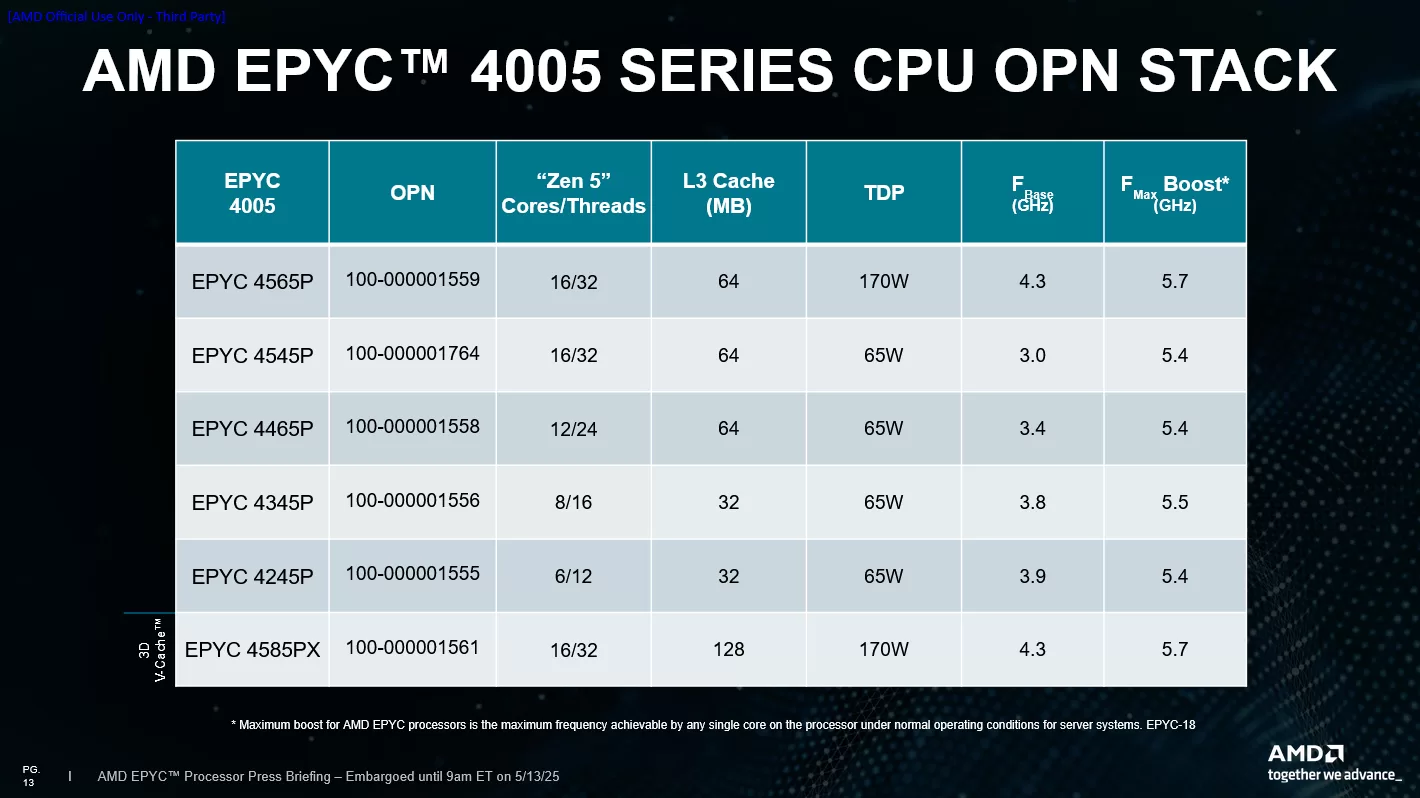 The AMD EPYC 4005 Series processors are a compelling option for small to medium businesses and hosted service providers looking for modern server performance and features without the complexity or cost of higher-end systems. With their efficient “Zen 5” cores, high-speed memory and connectivity, robust security, and smart storage features, they offer the power and reliability needed to drive productivity and support growth in today’s demanding IT environment.
The AMD EPYC 4005 Series processors are a compelling option for small to medium businesses and hosted service providers looking for modern server performance and features without the complexity or cost of higher-end systems. With their efficient “Zen 5” cores, high-speed memory and connectivity, robust security, and smart storage features, they offer the power and reliability needed to drive productivity and support growth in today’s demanding IT environment.
